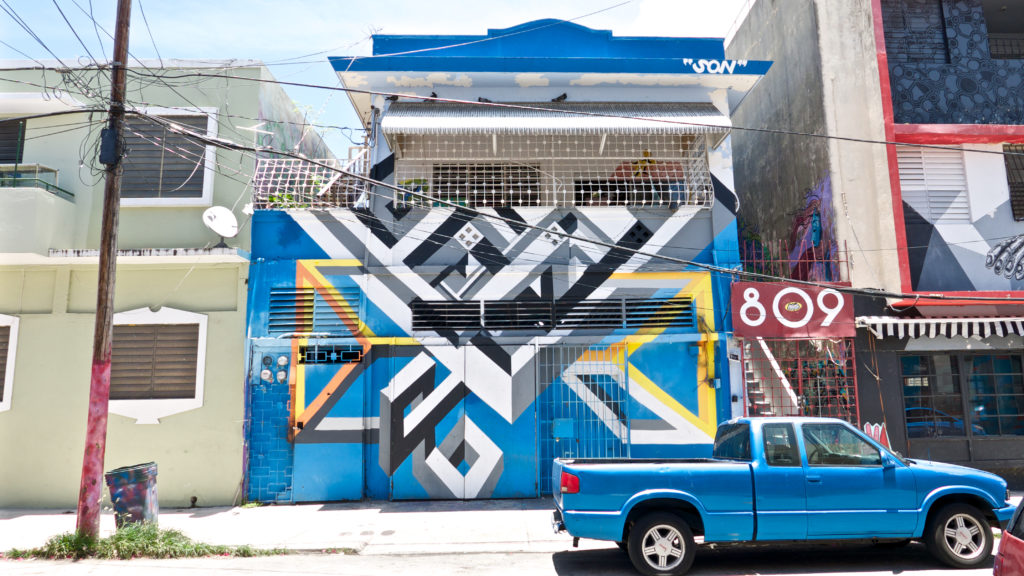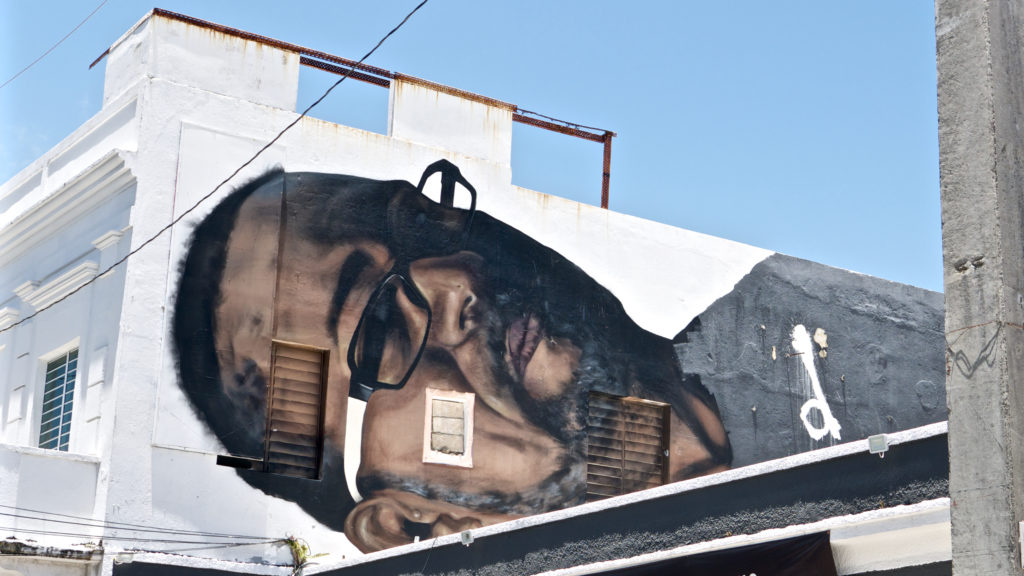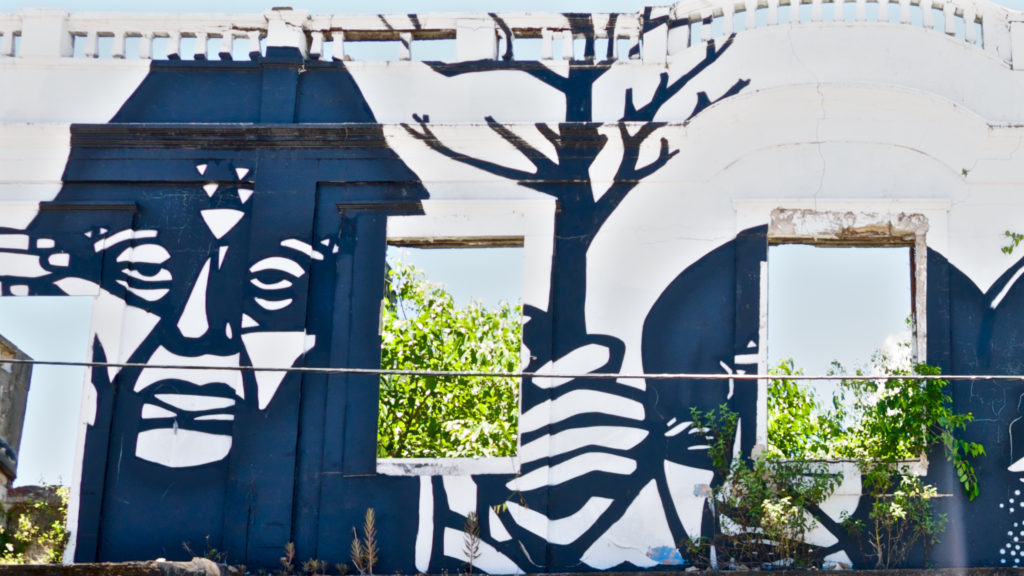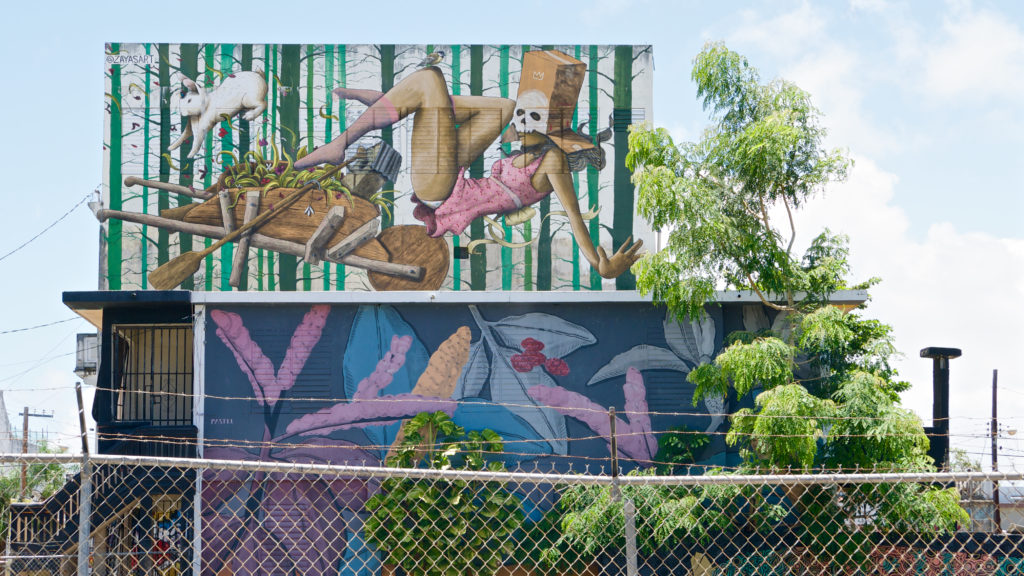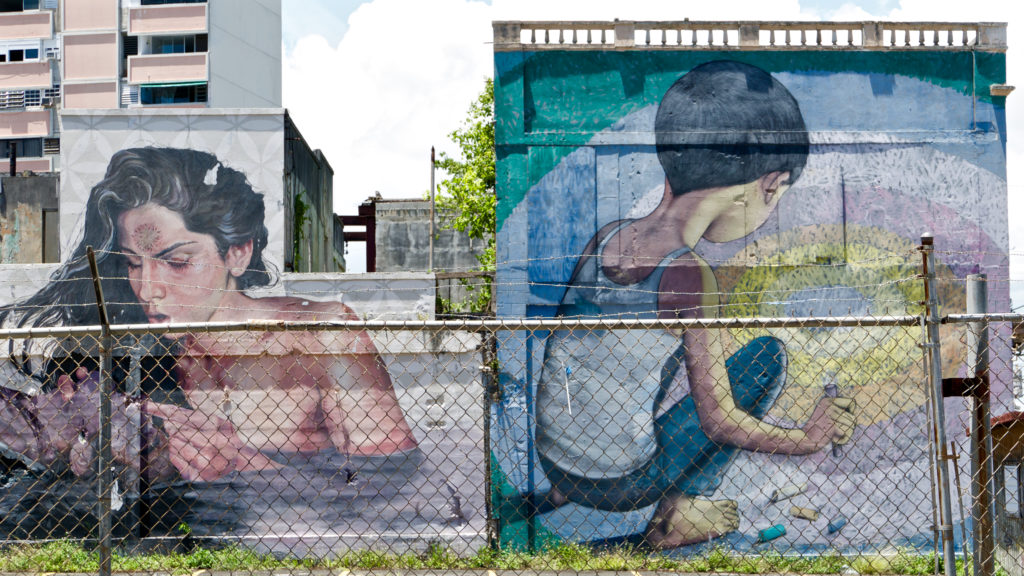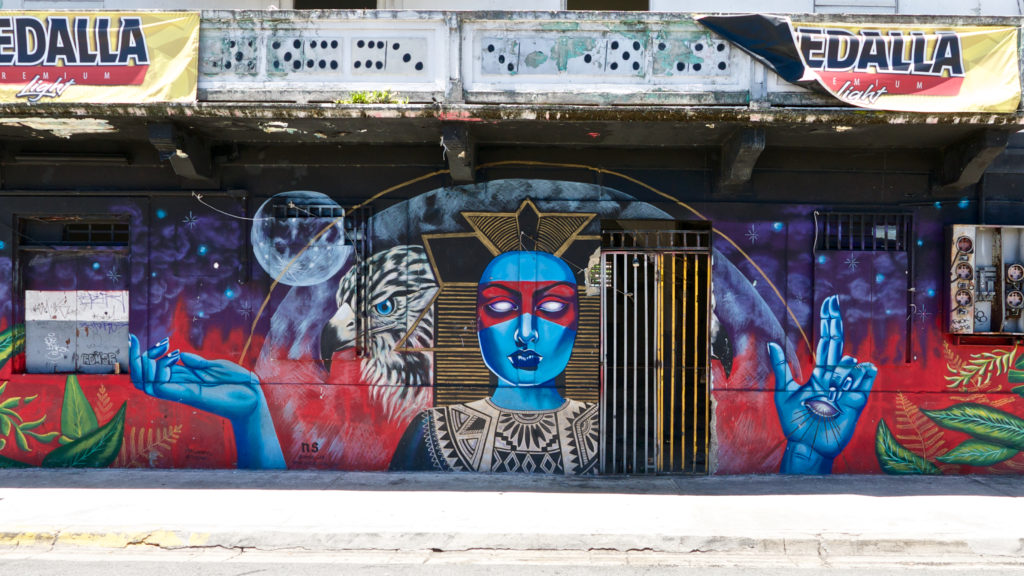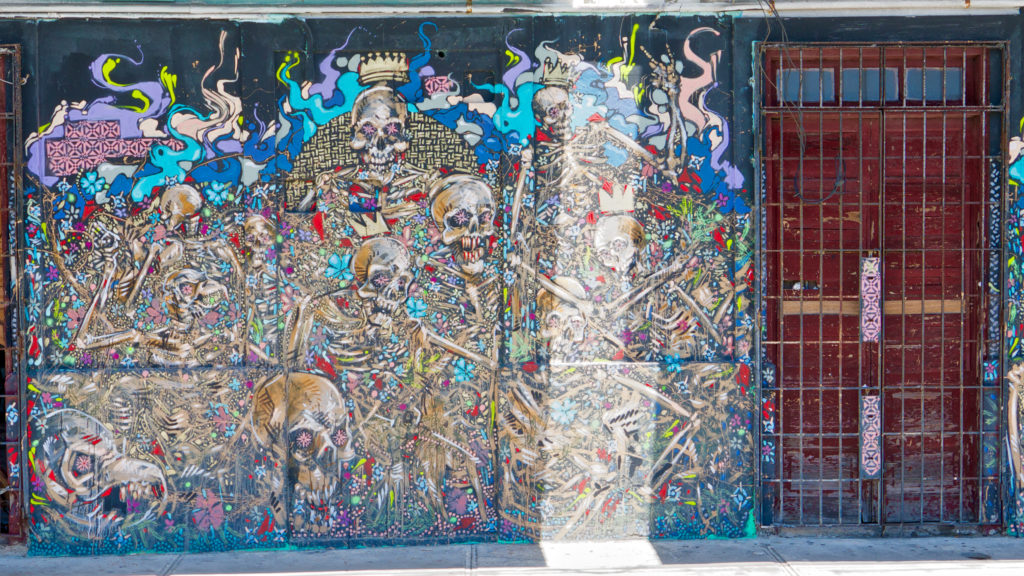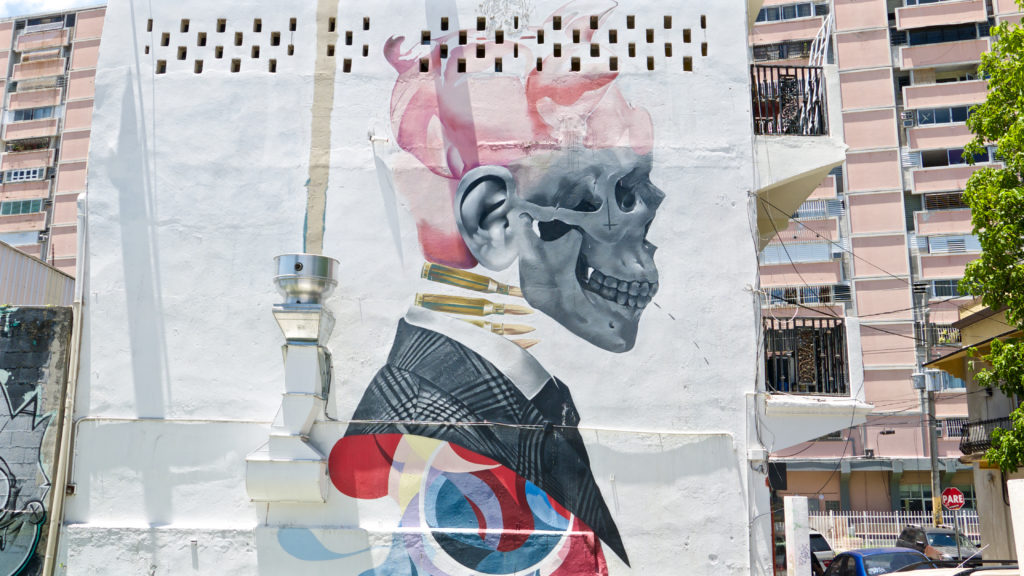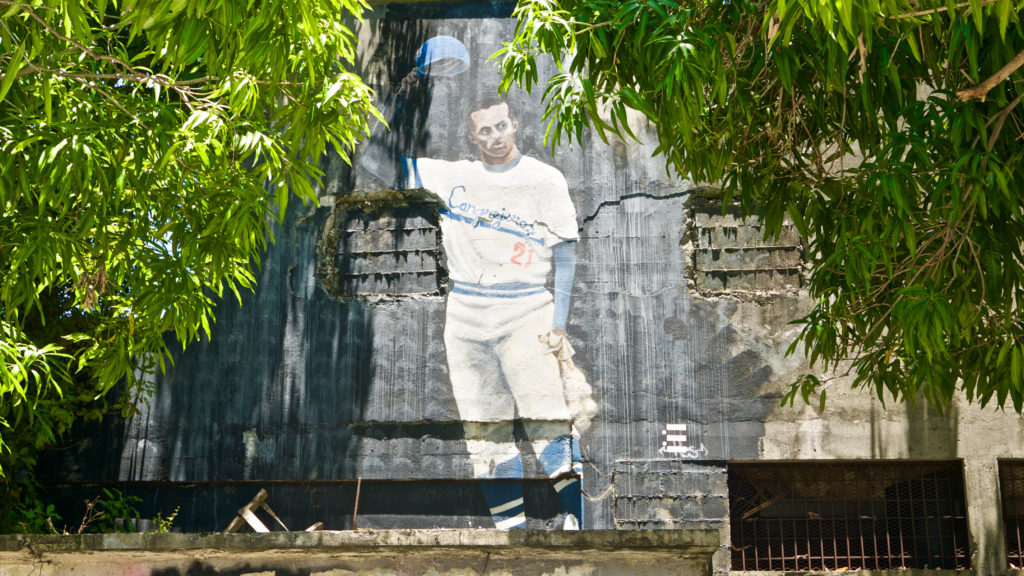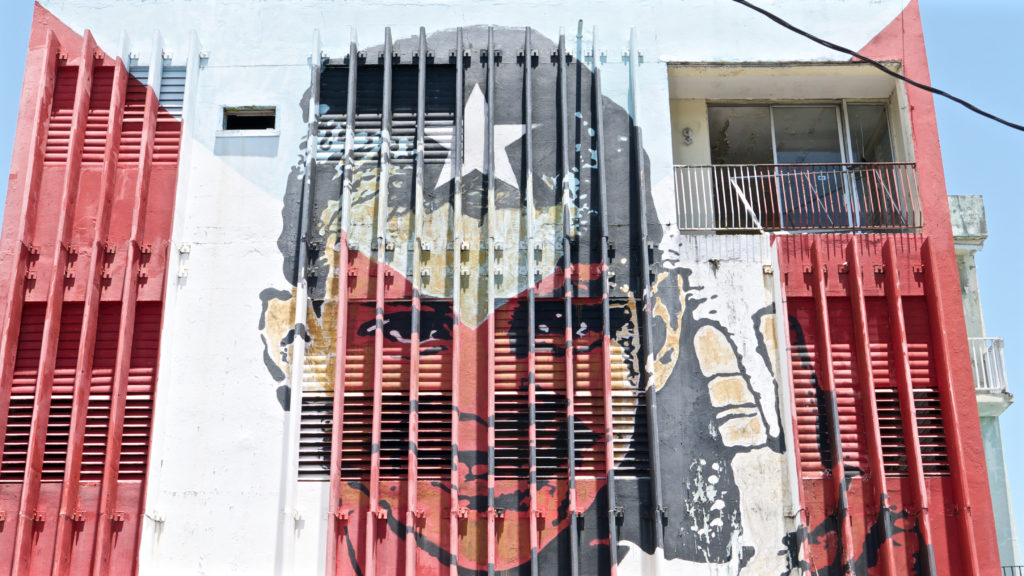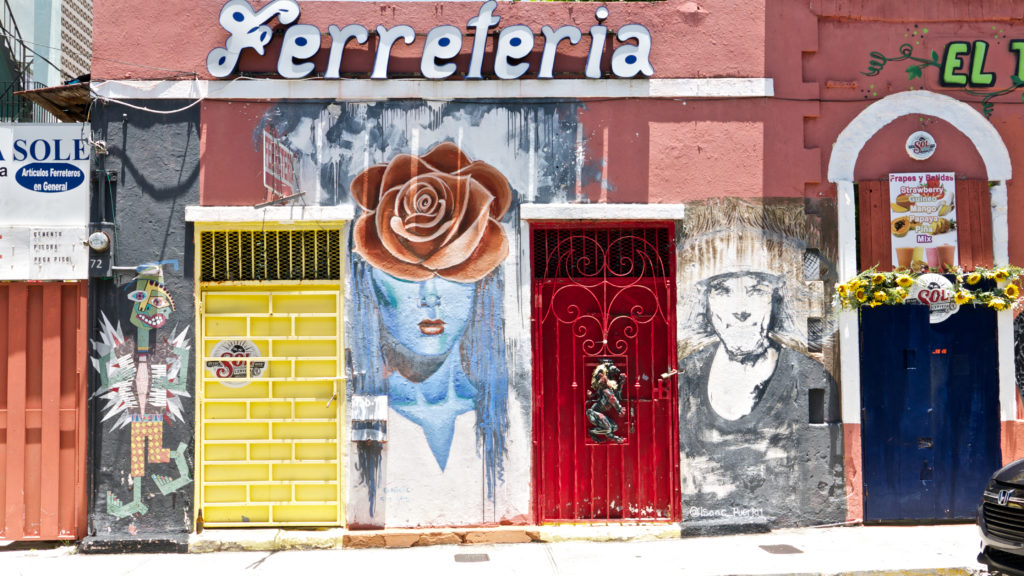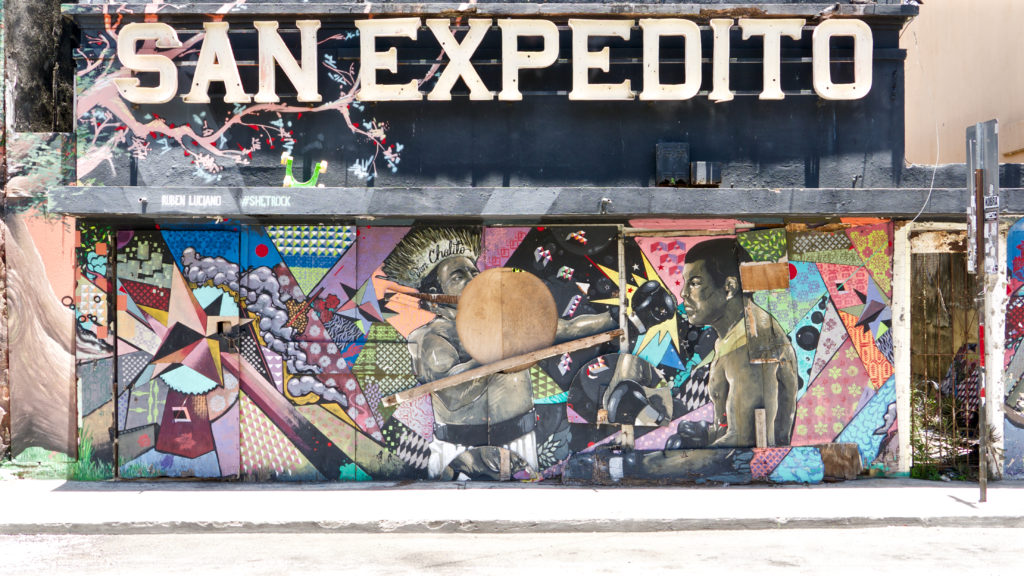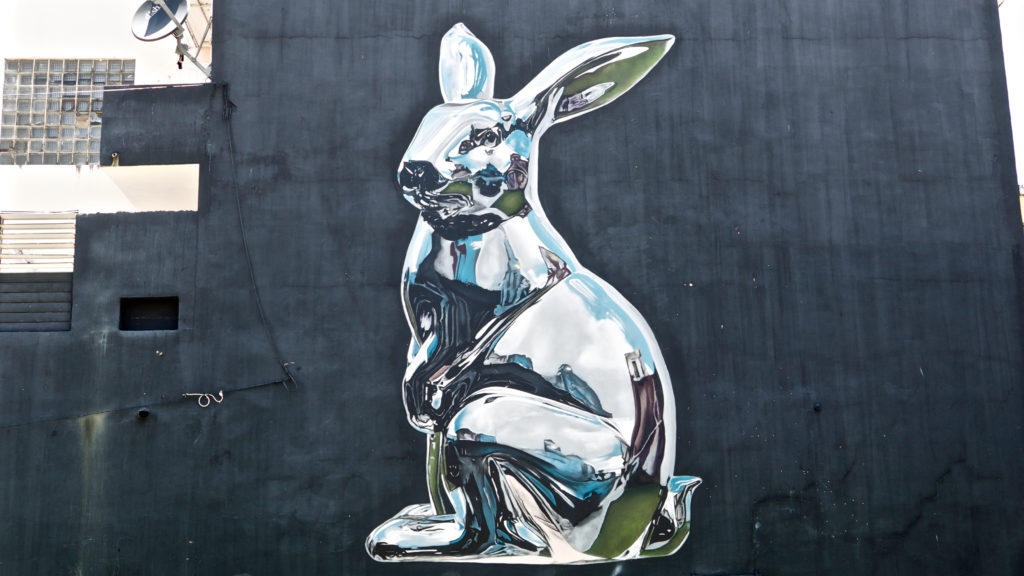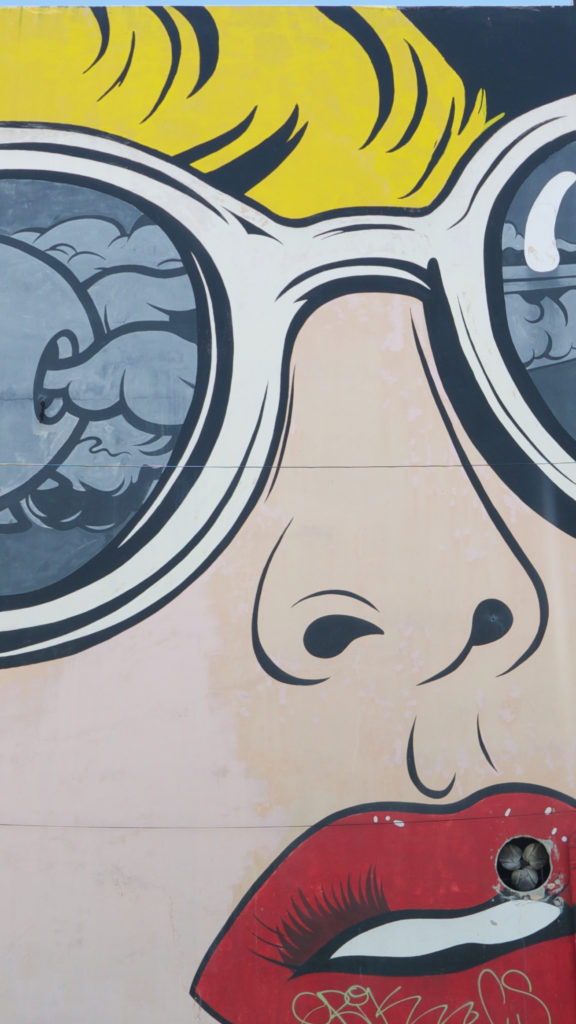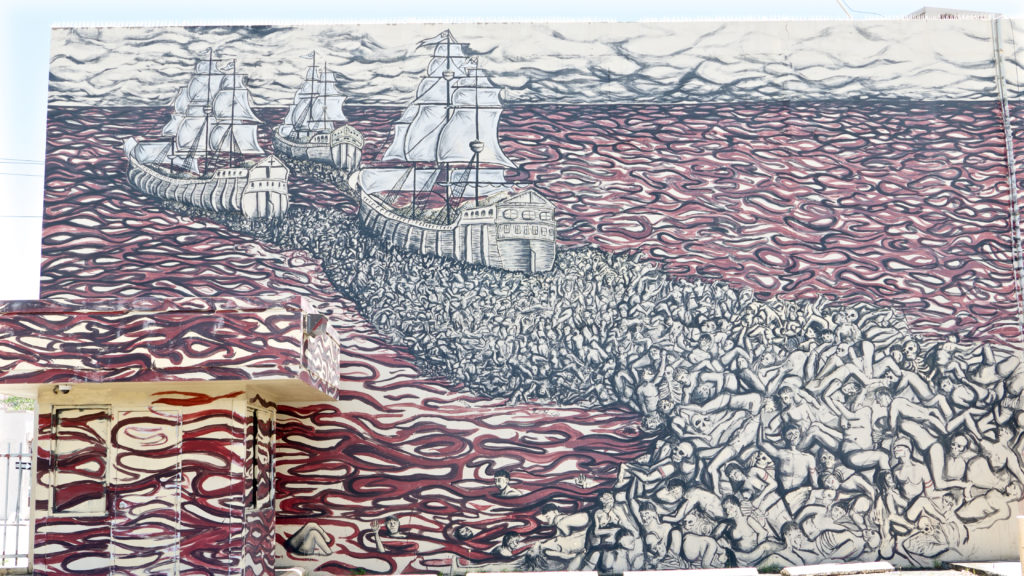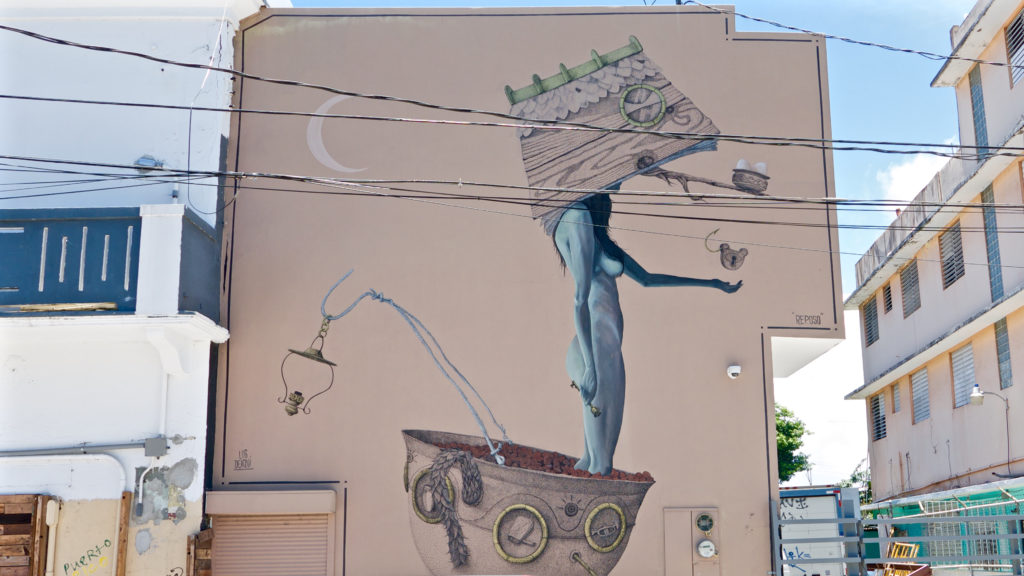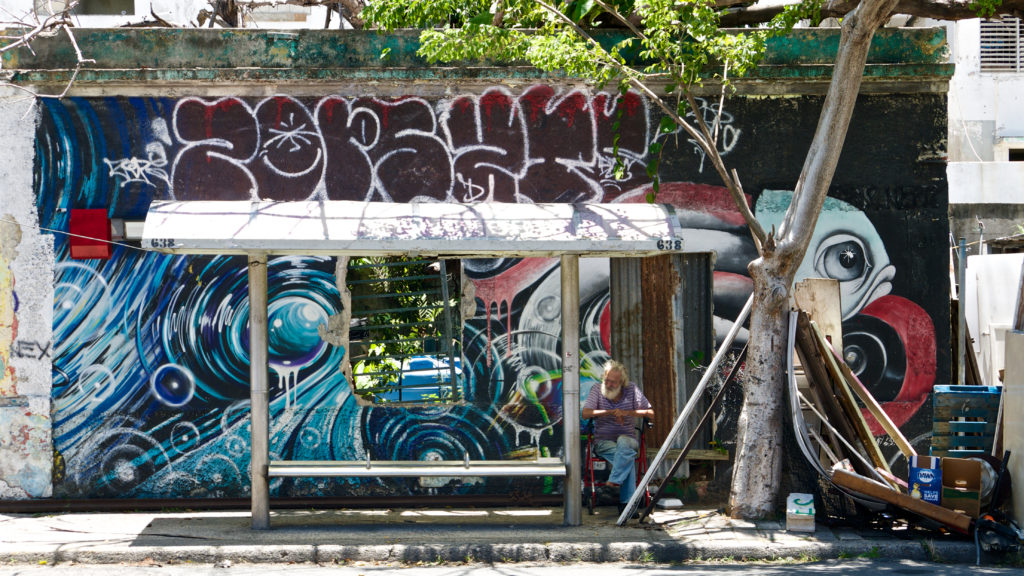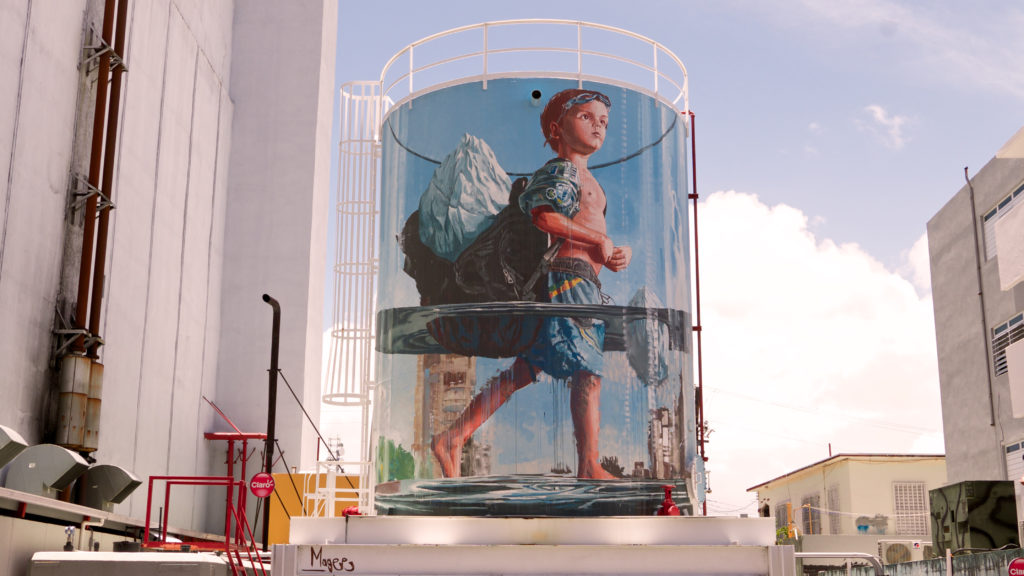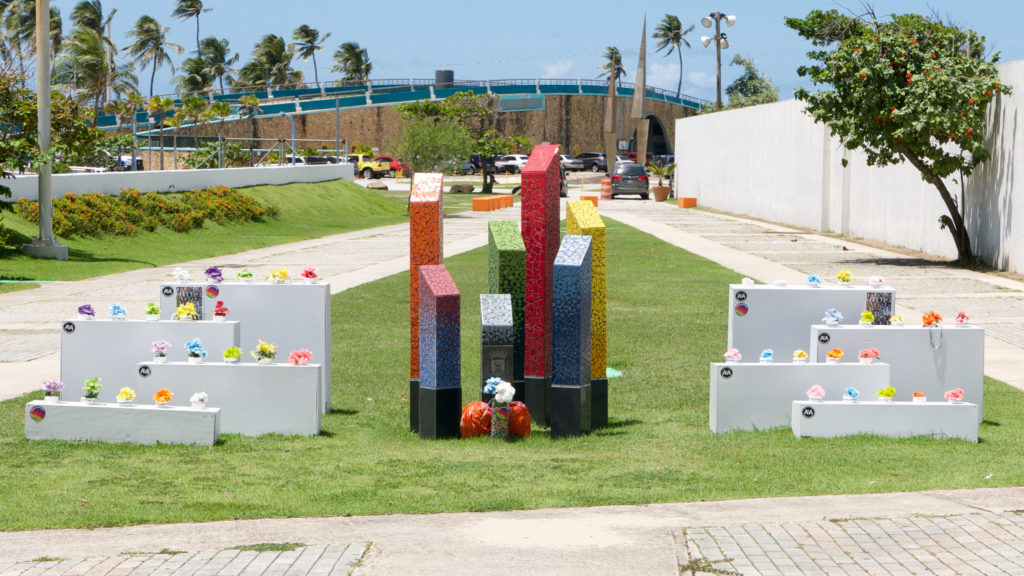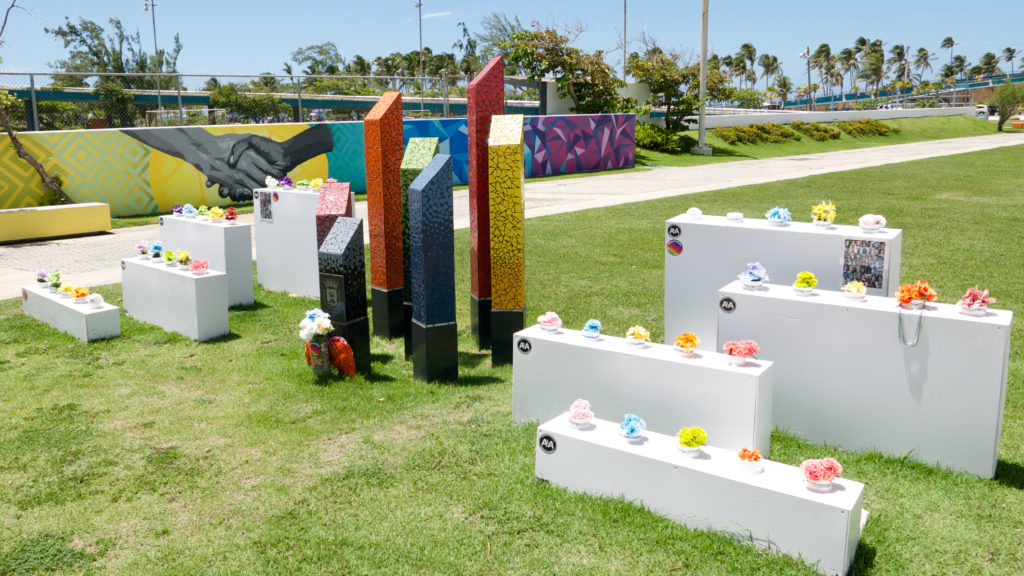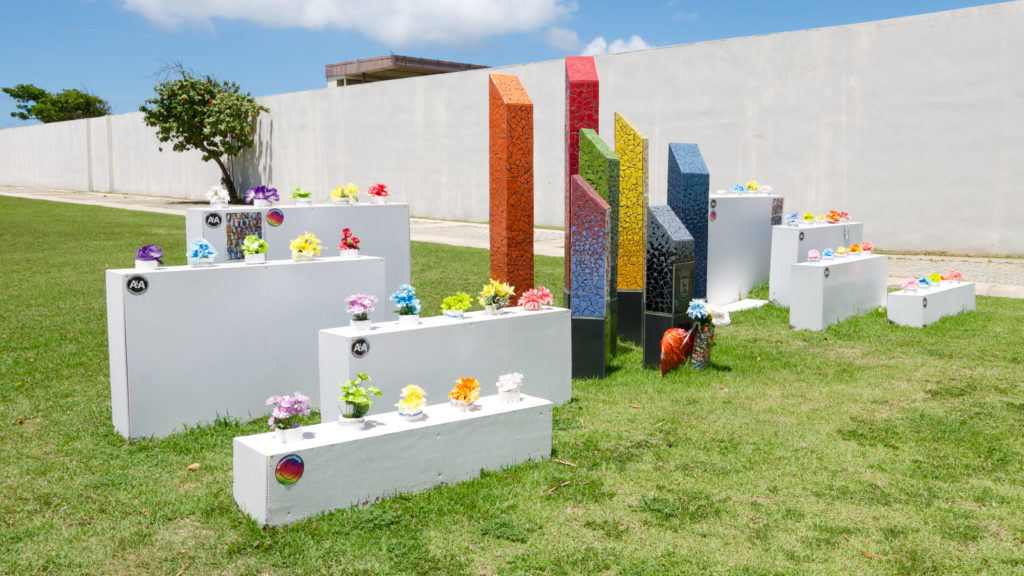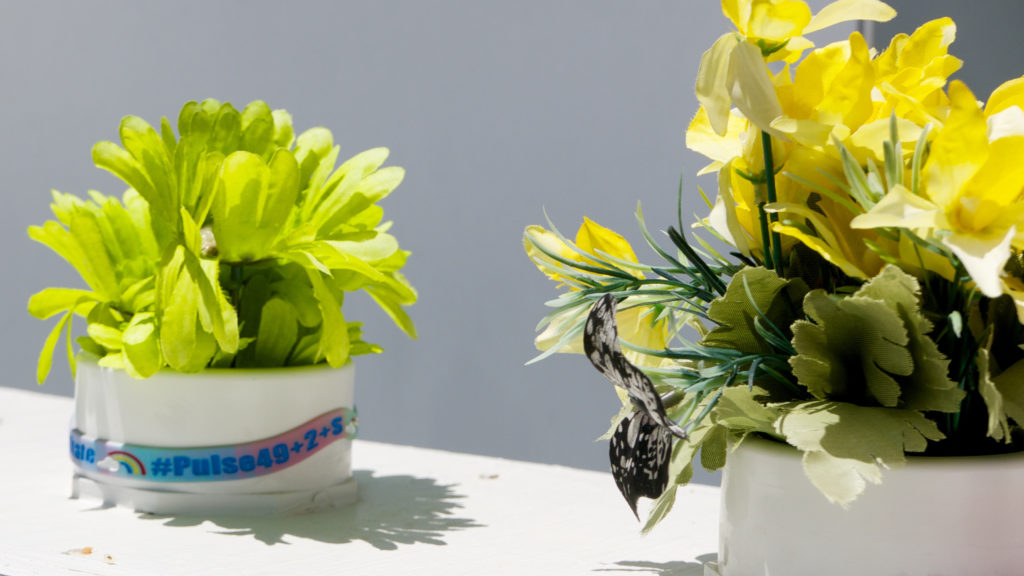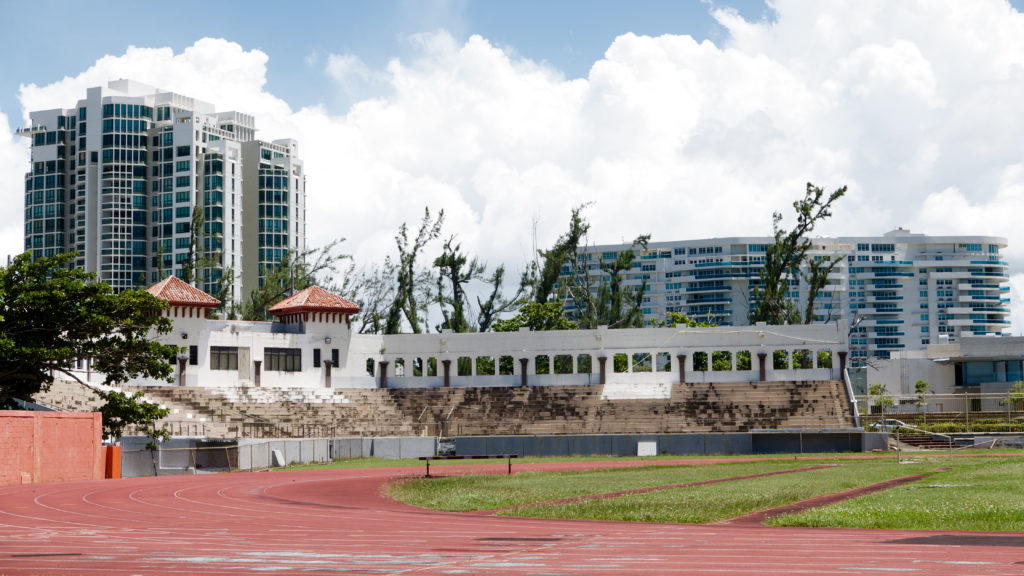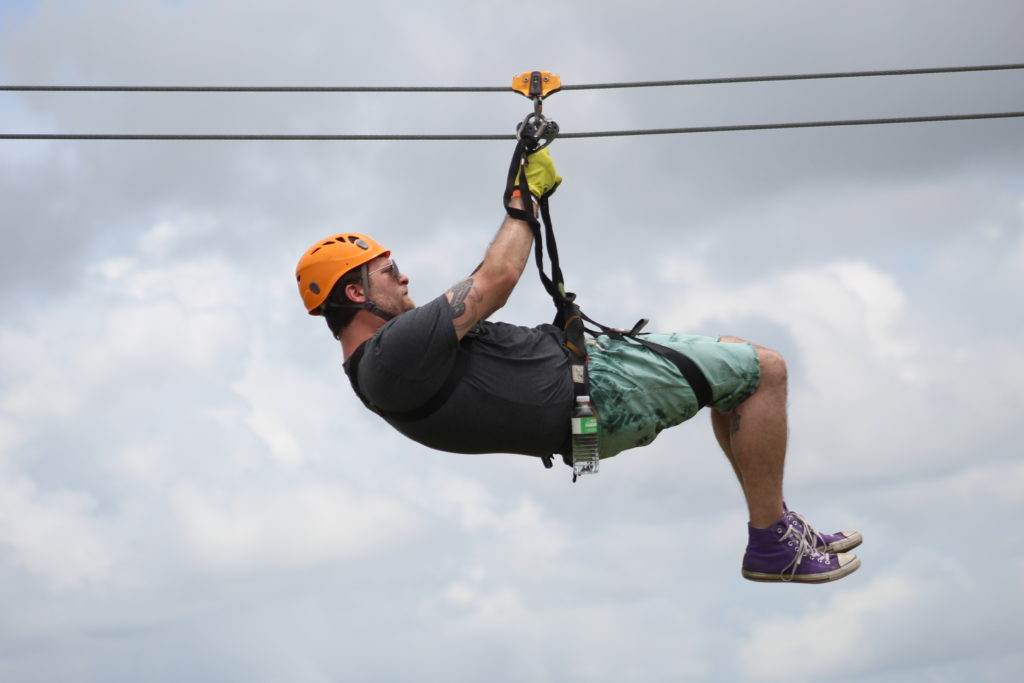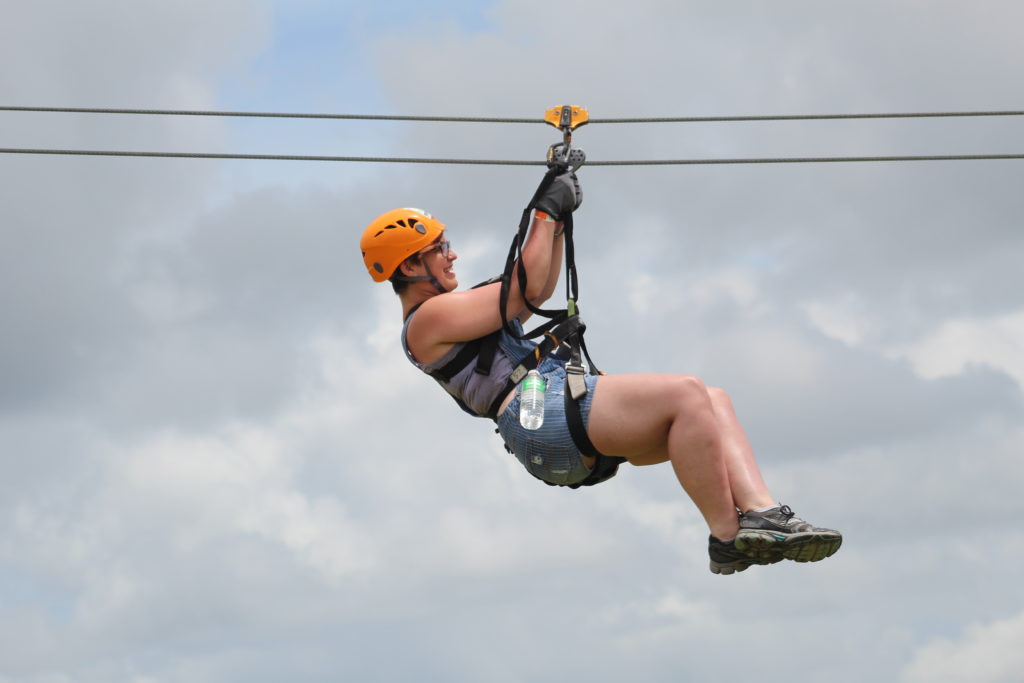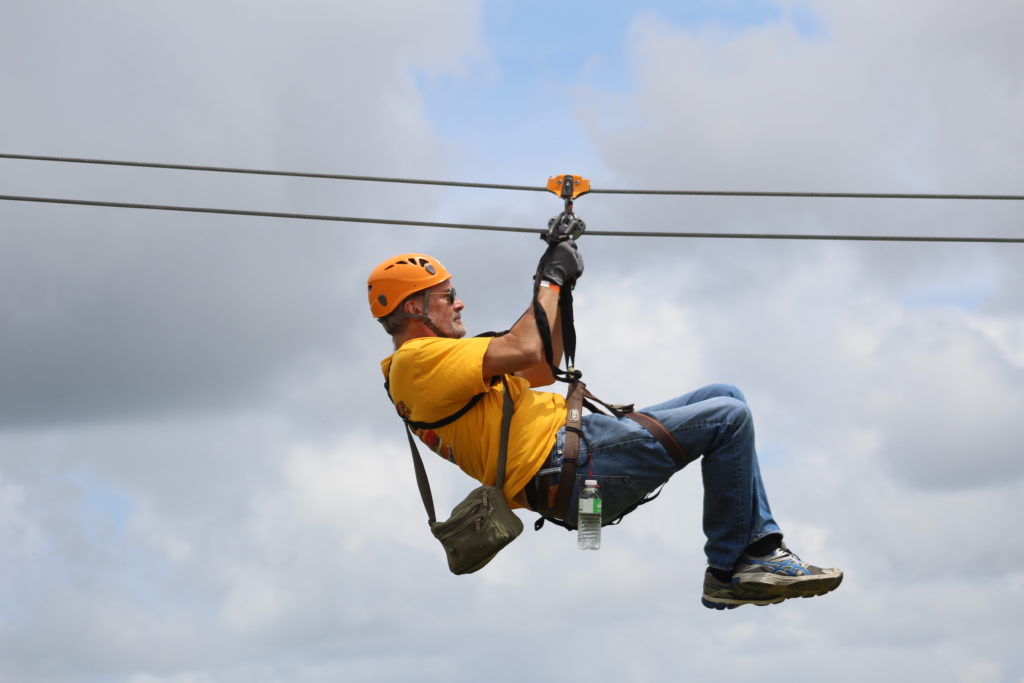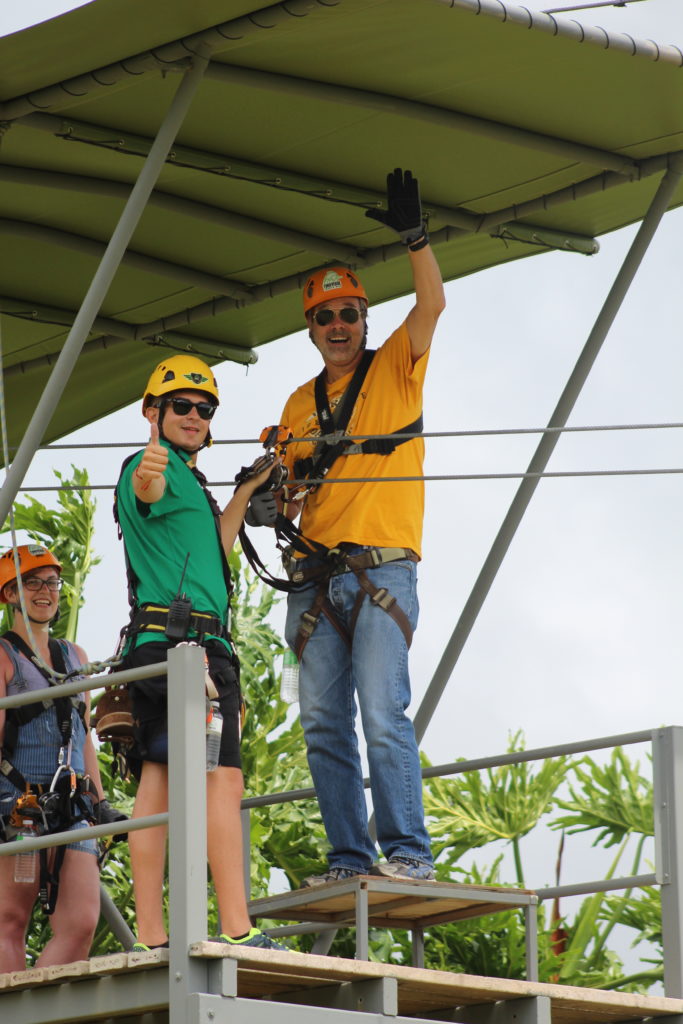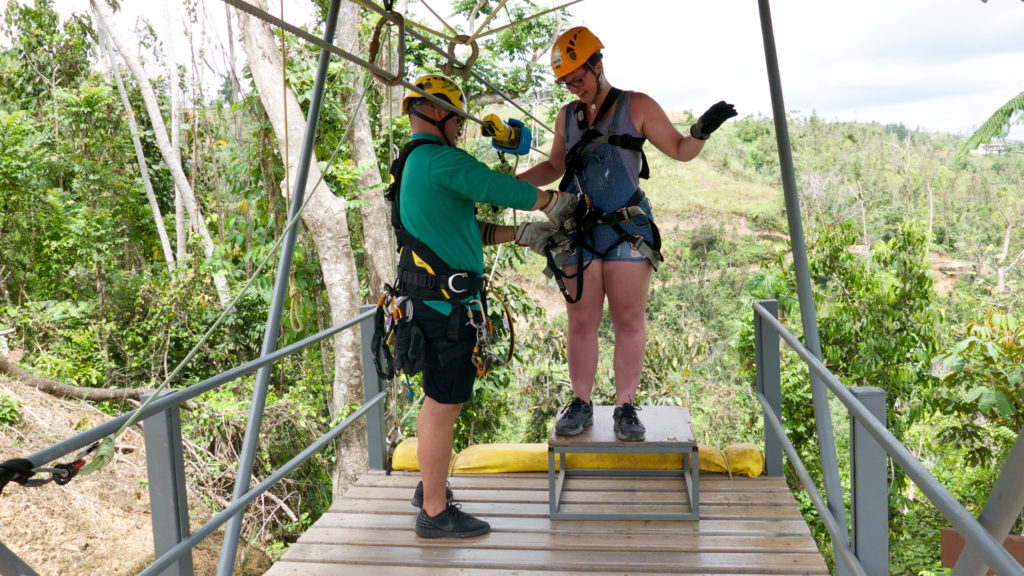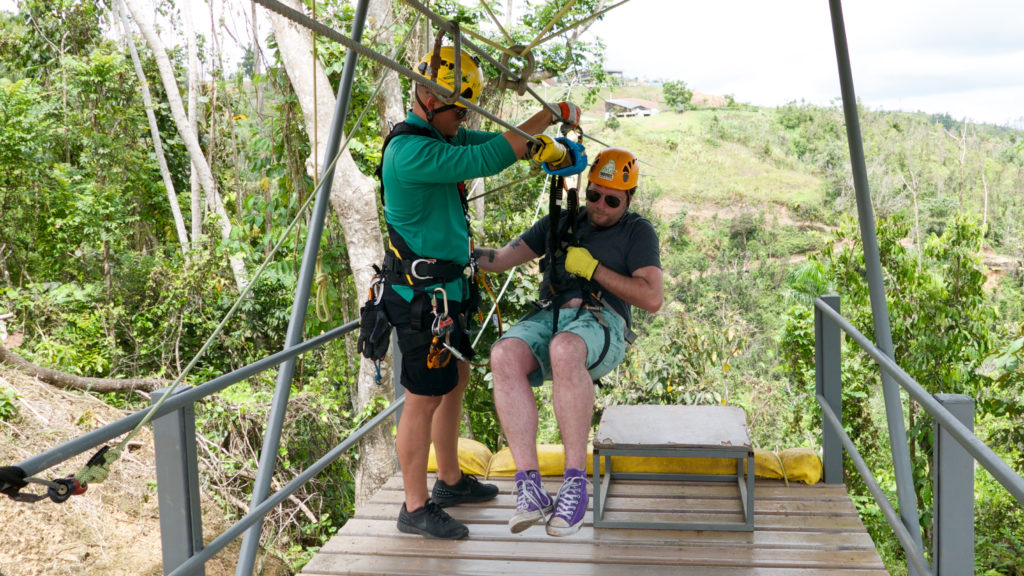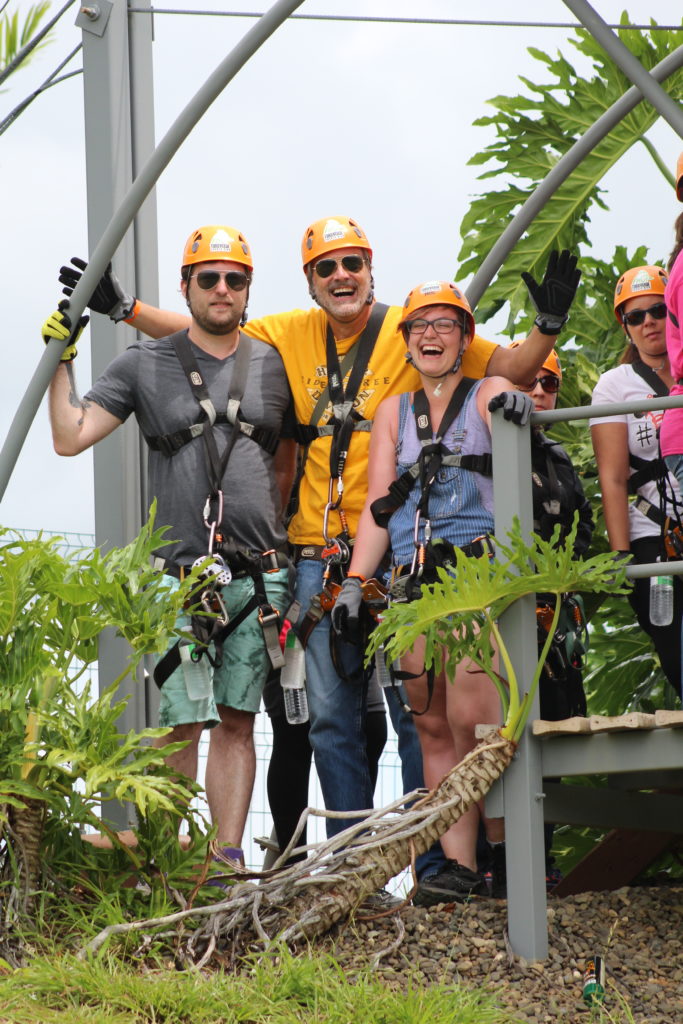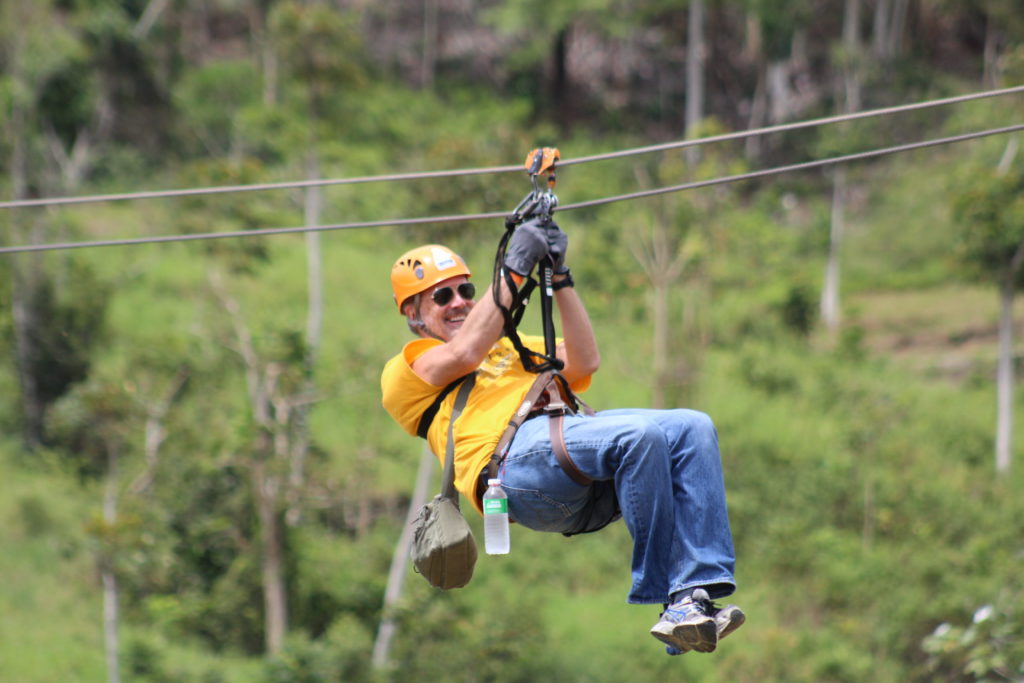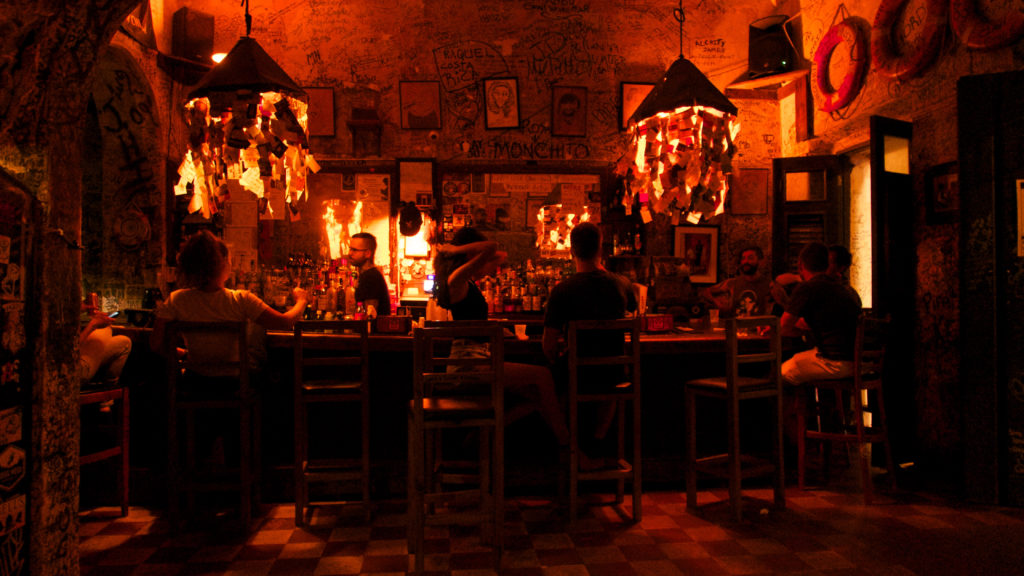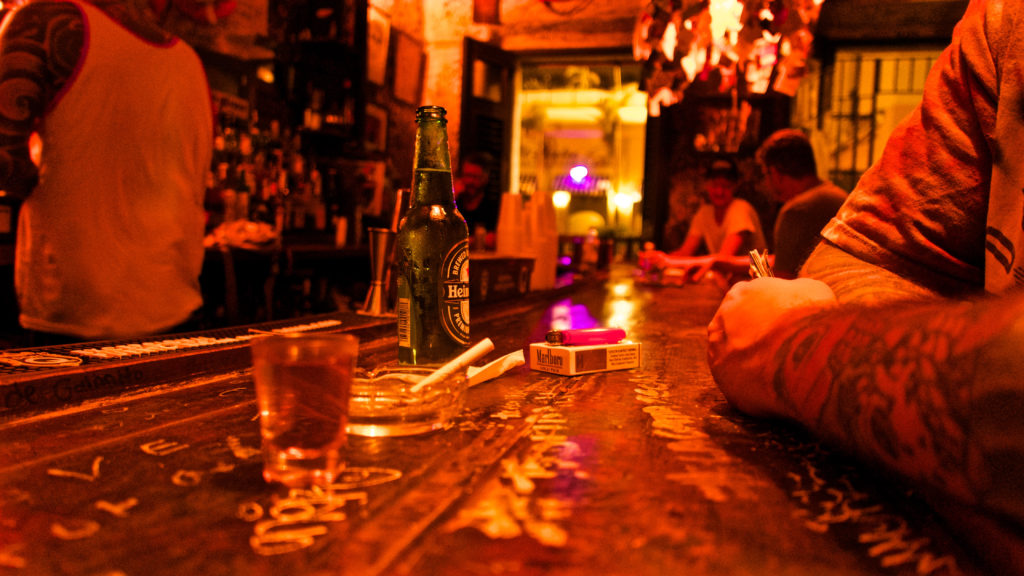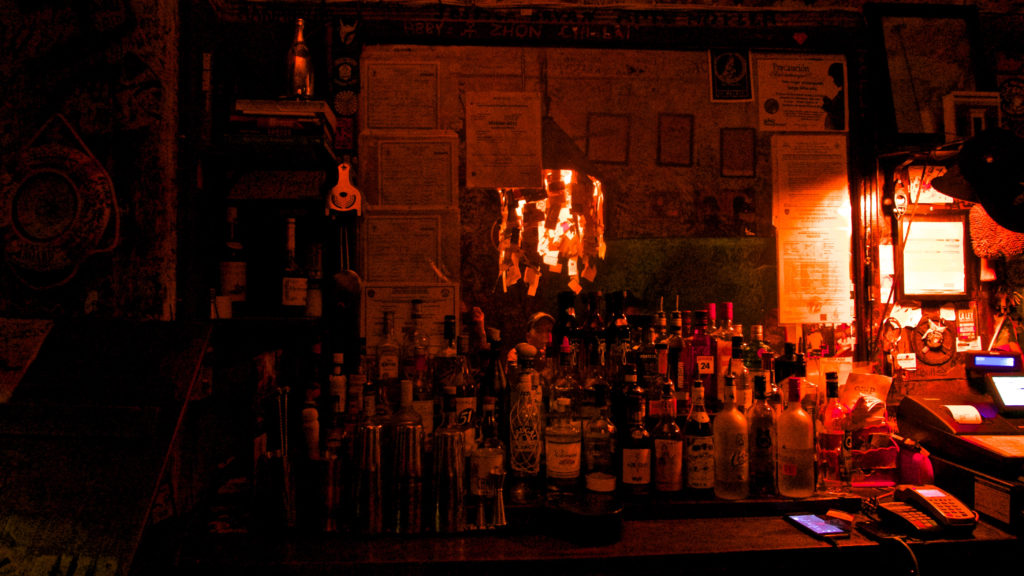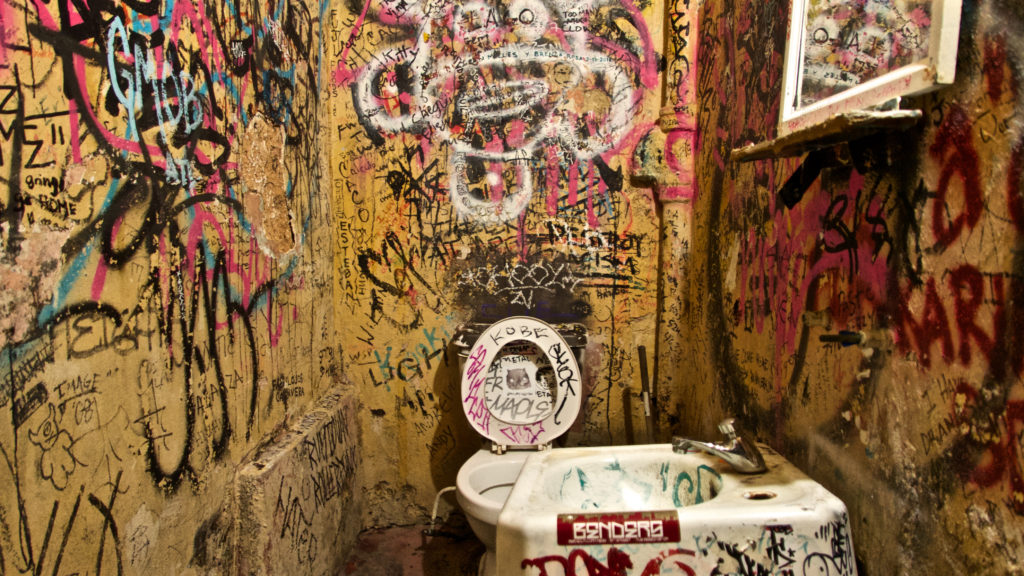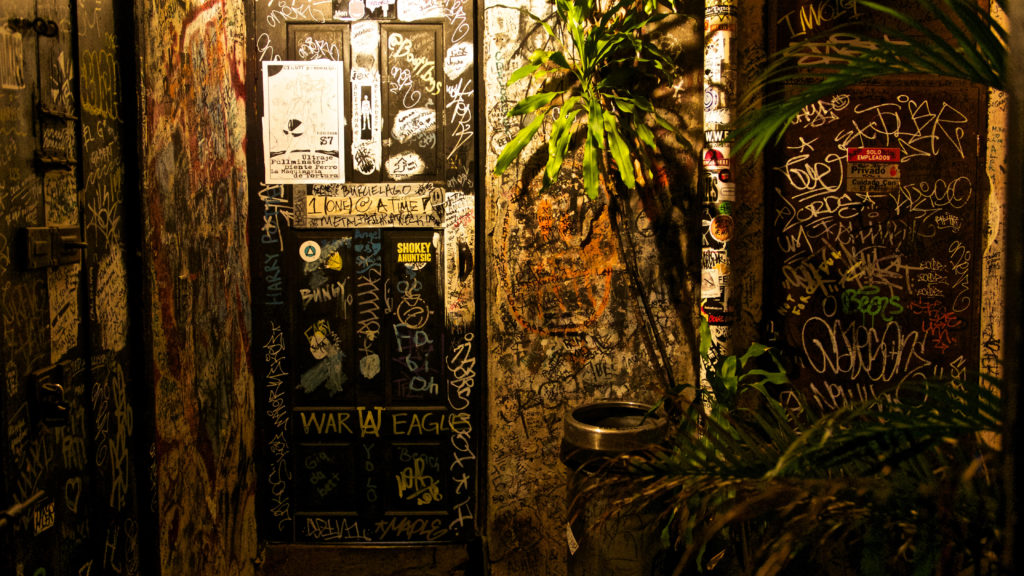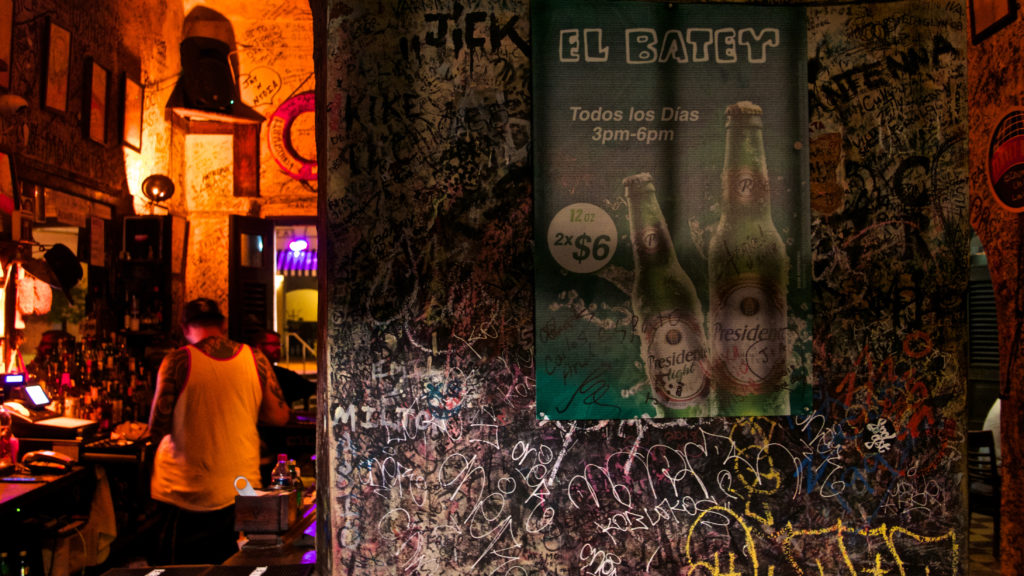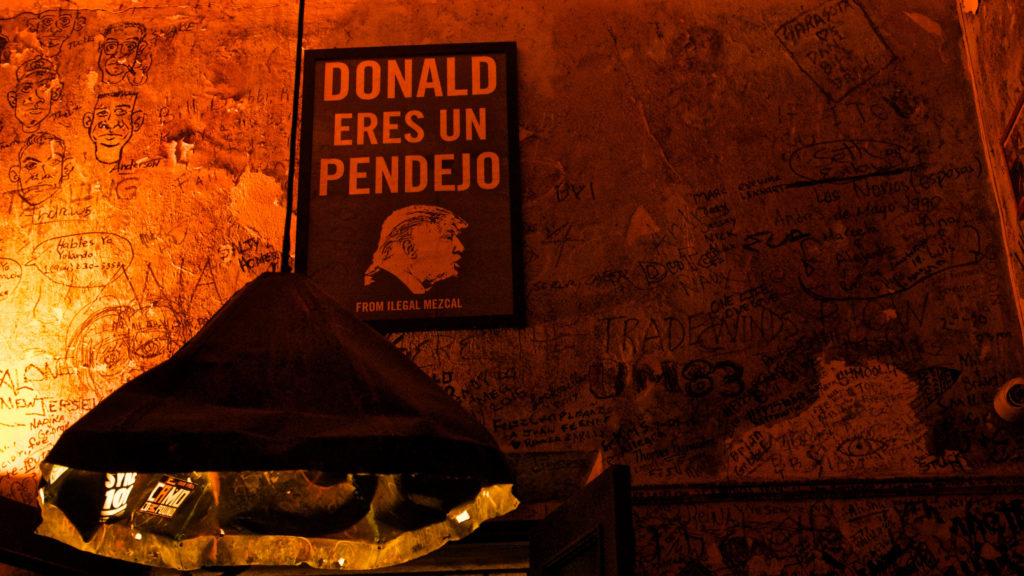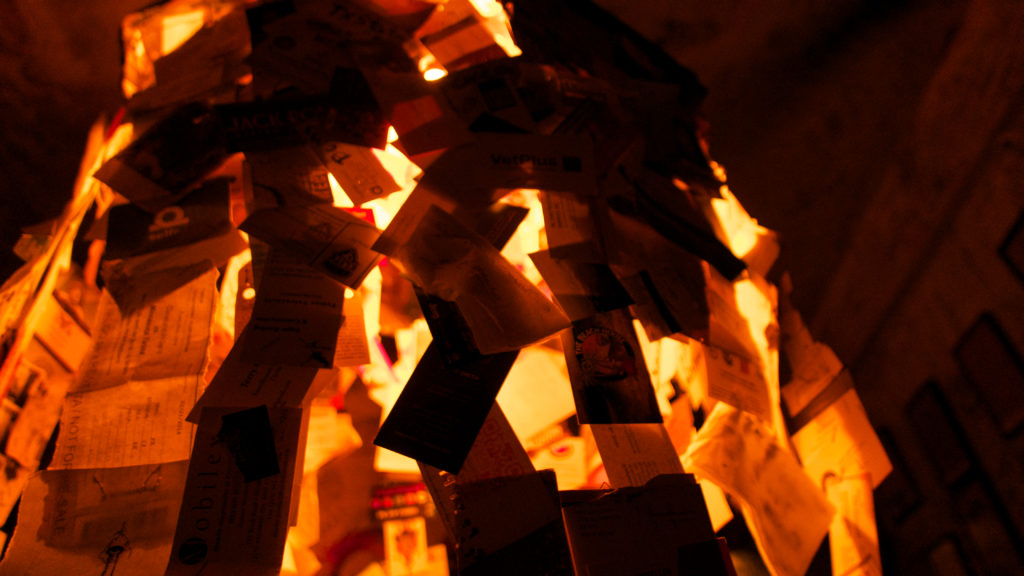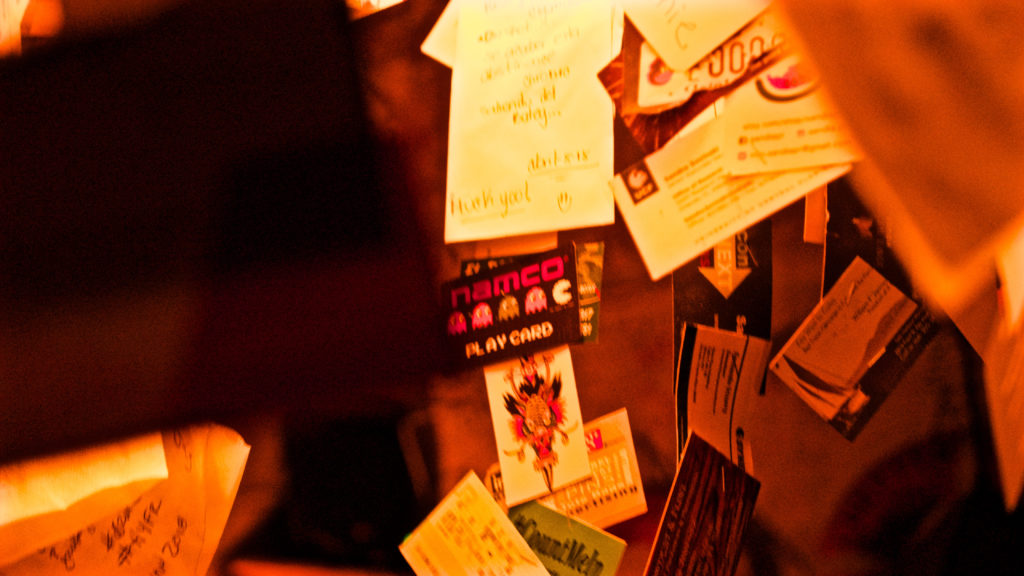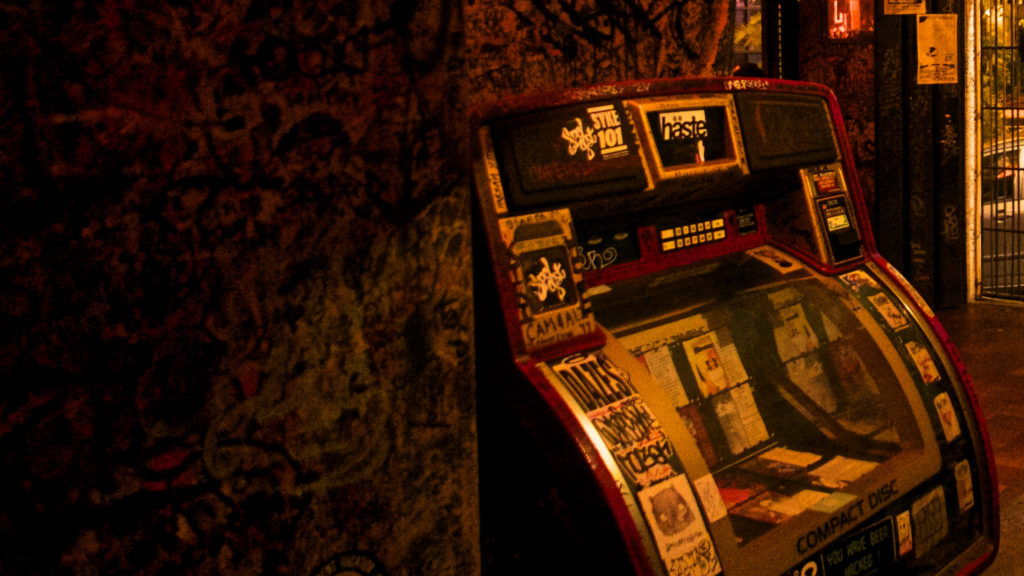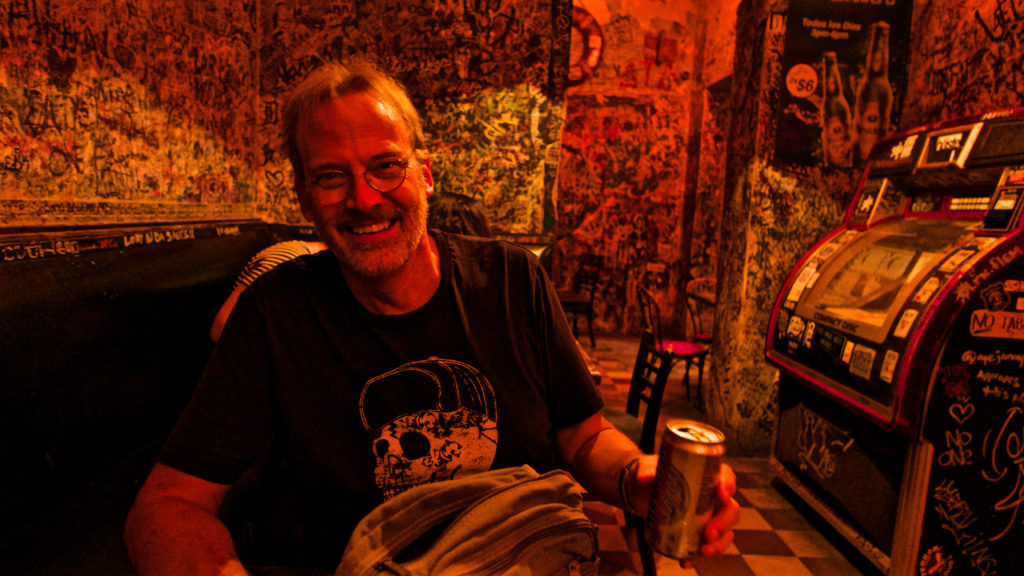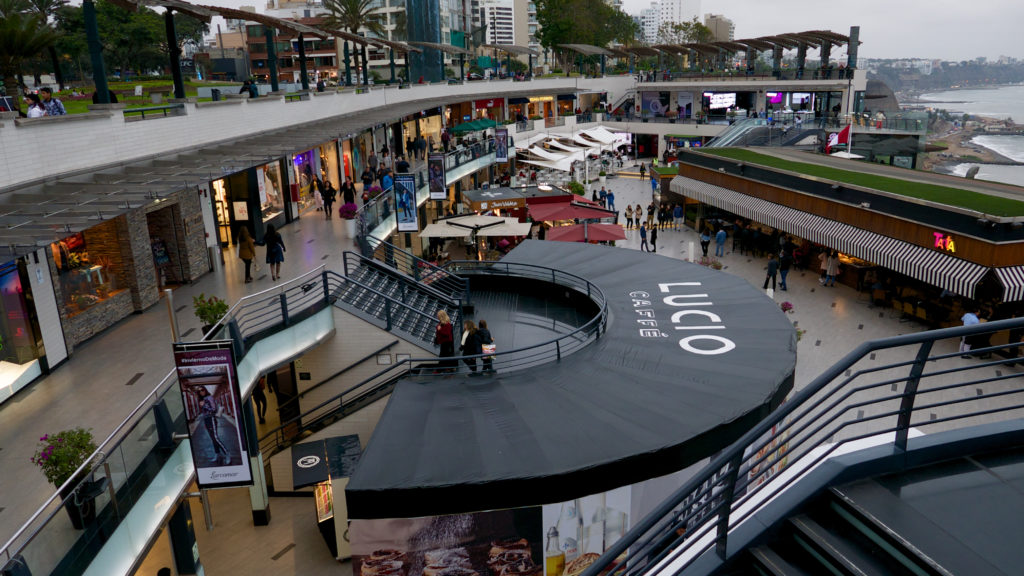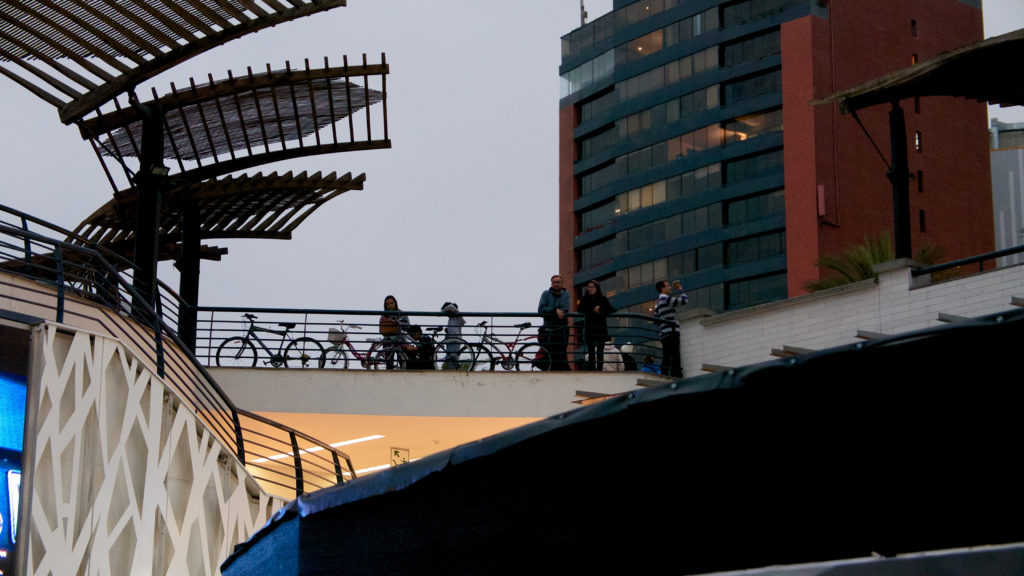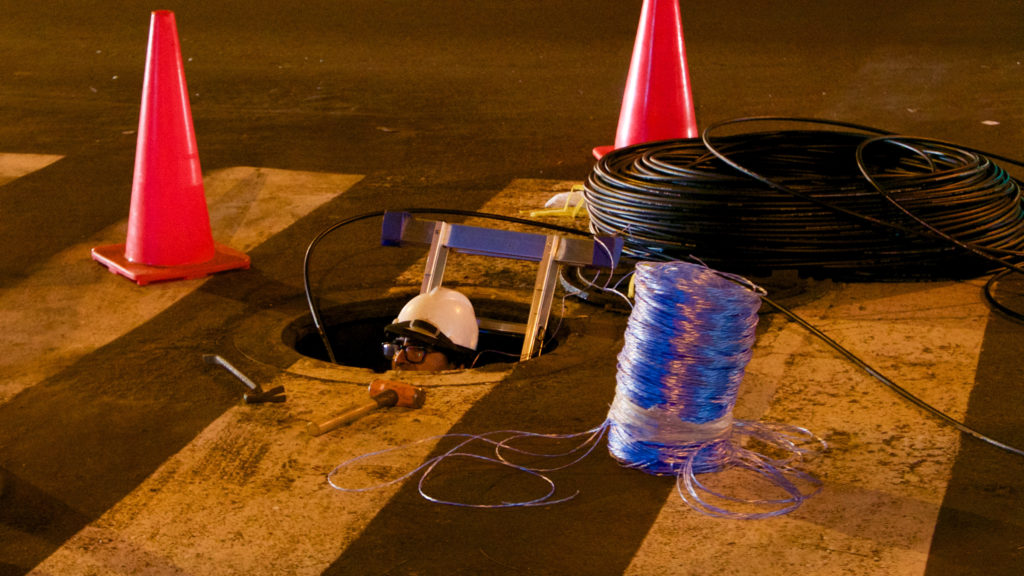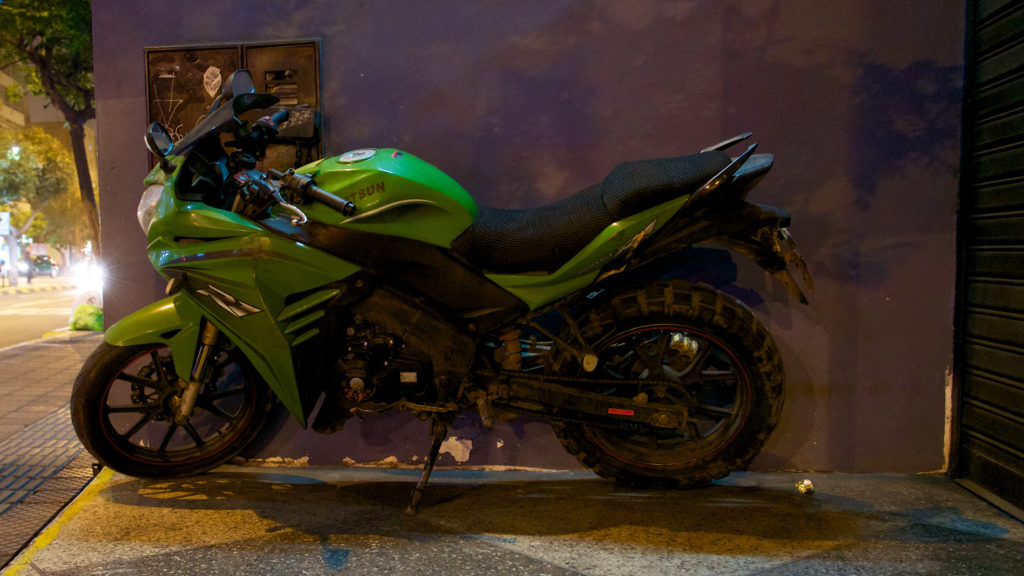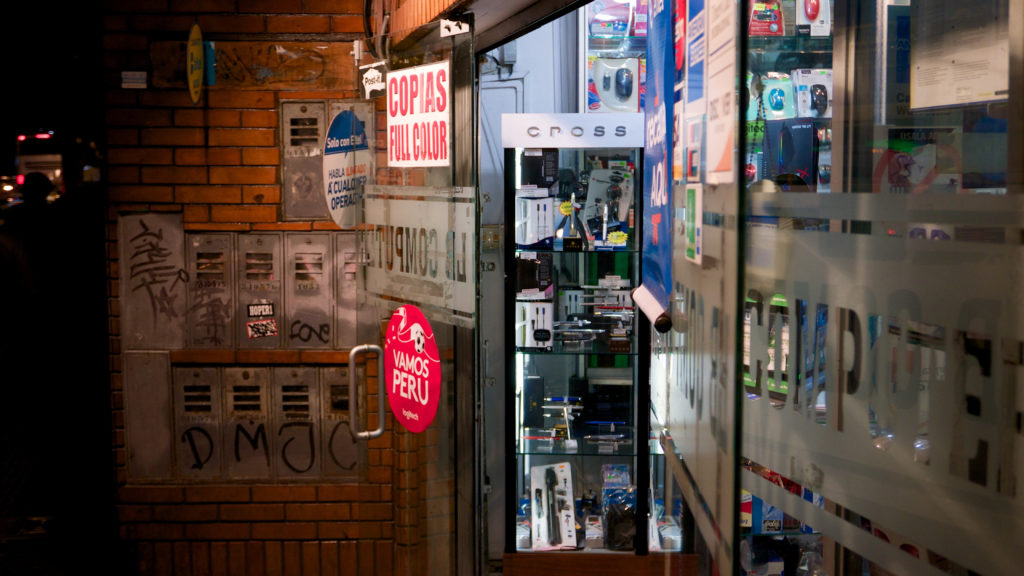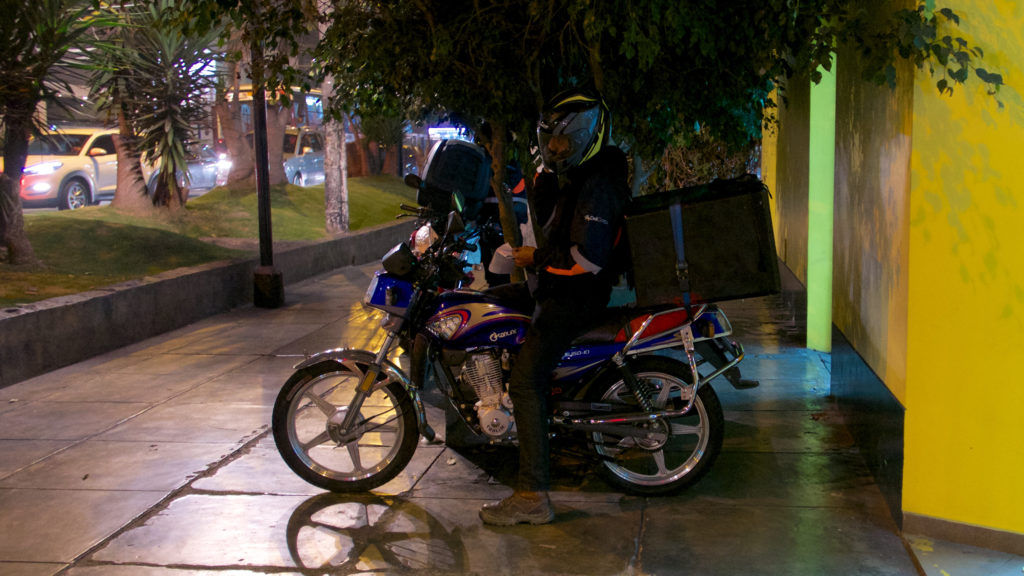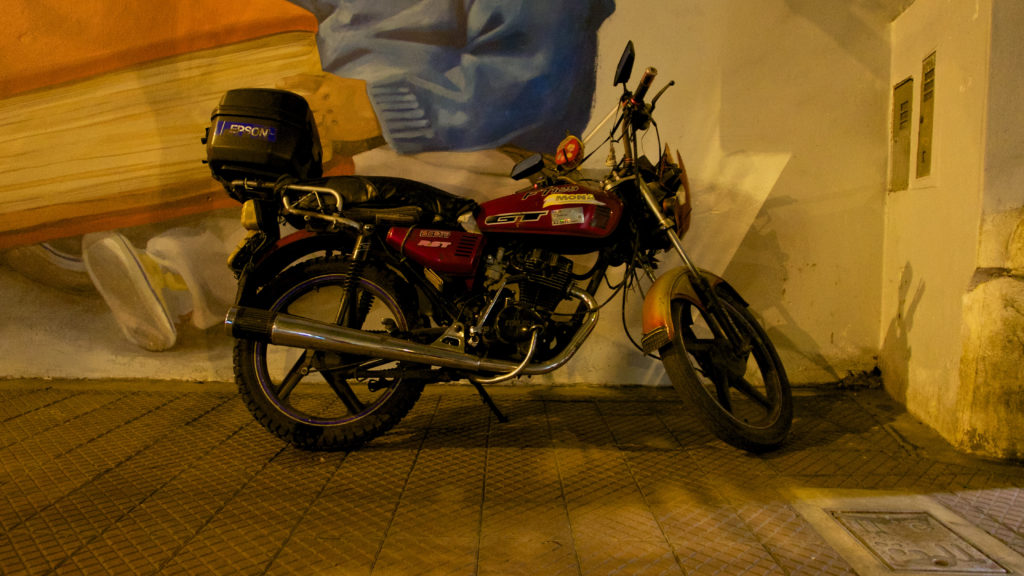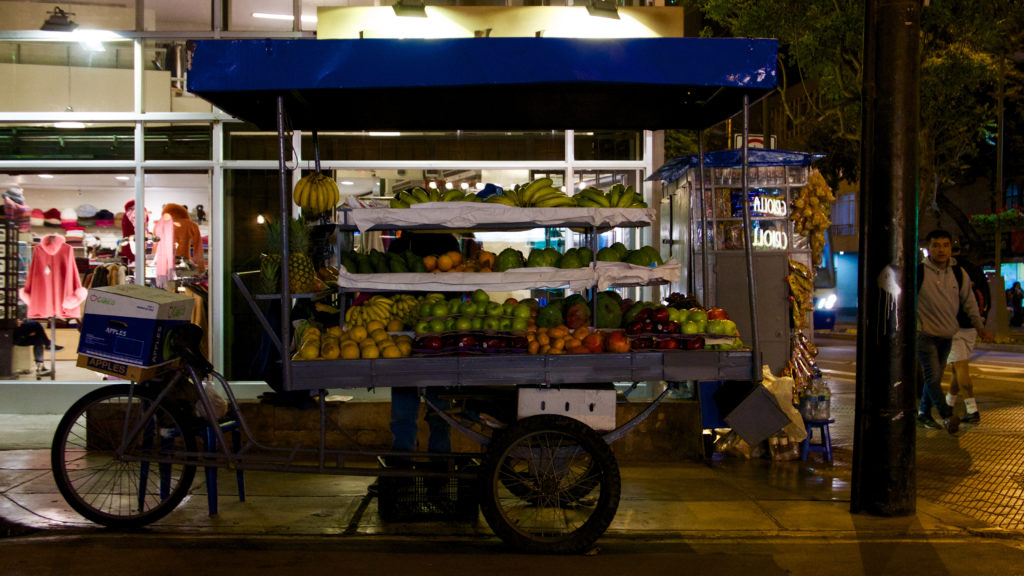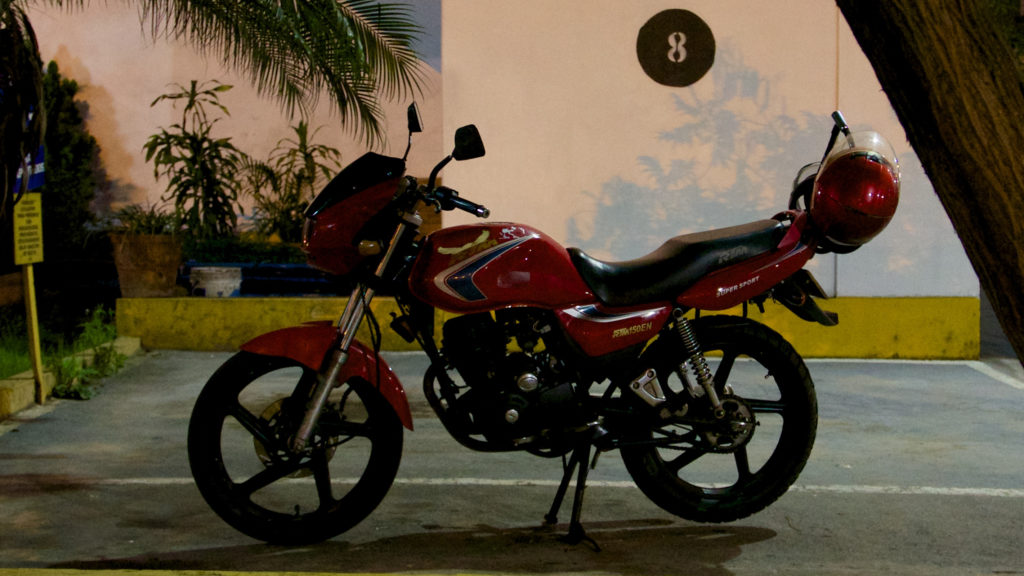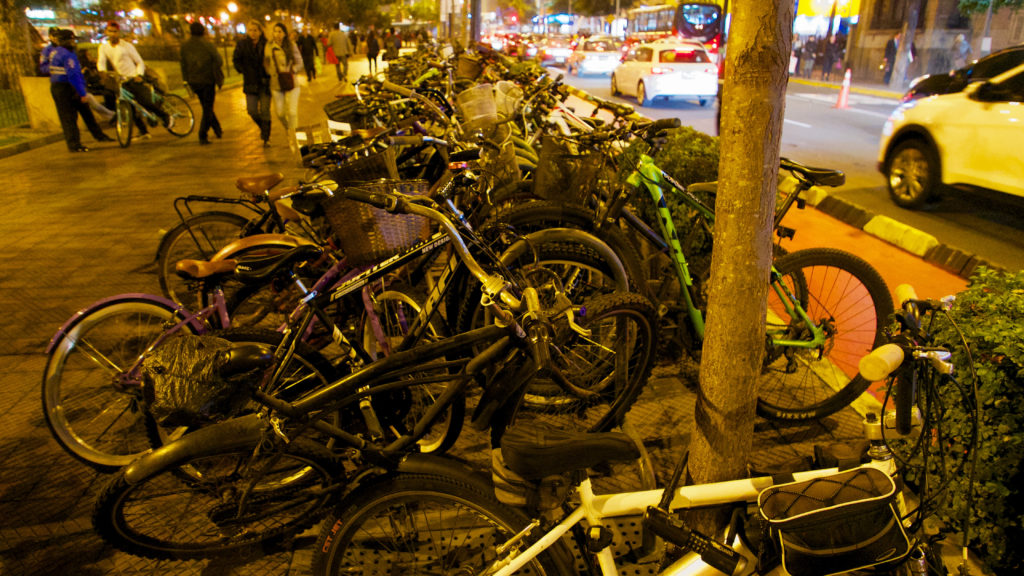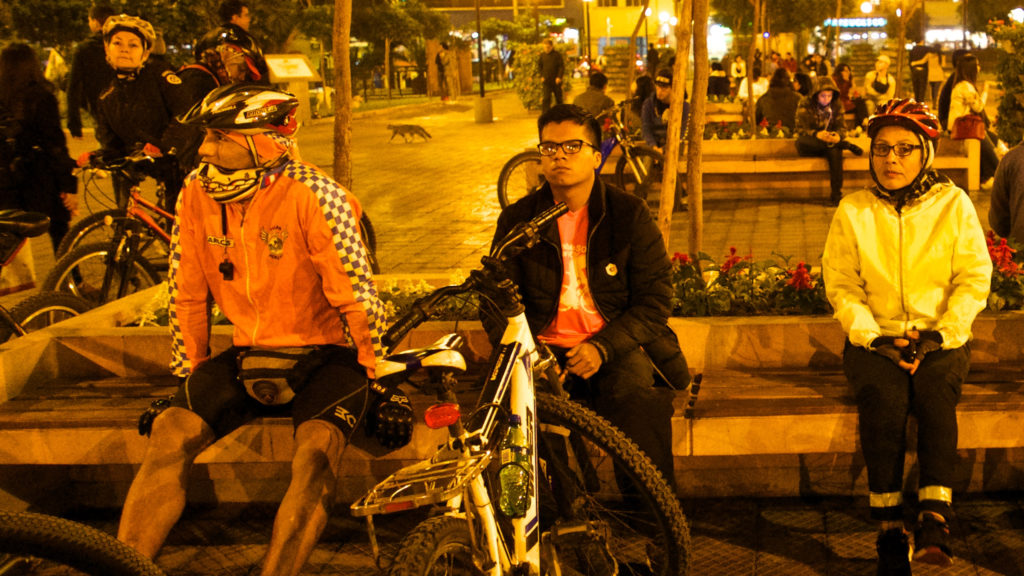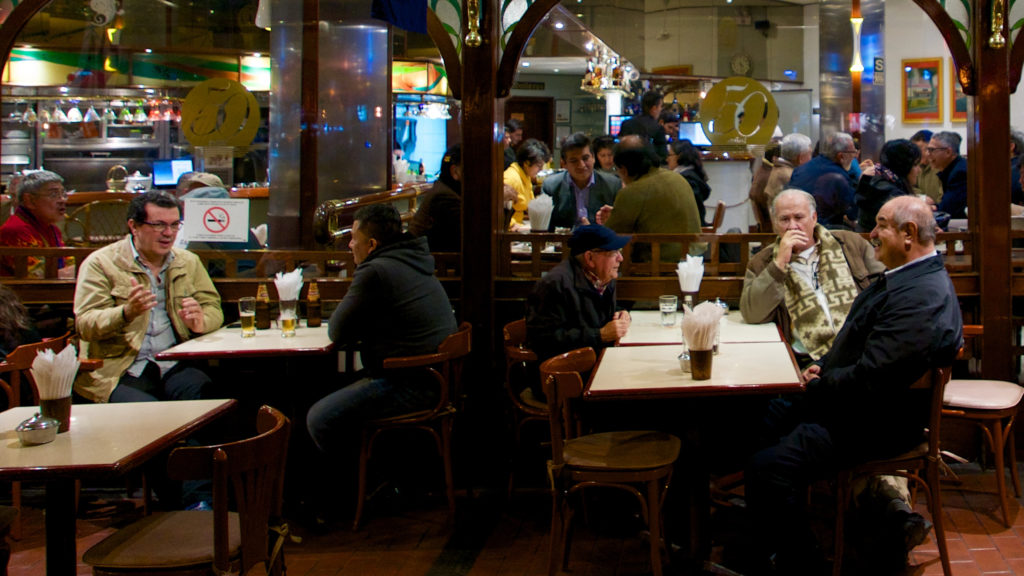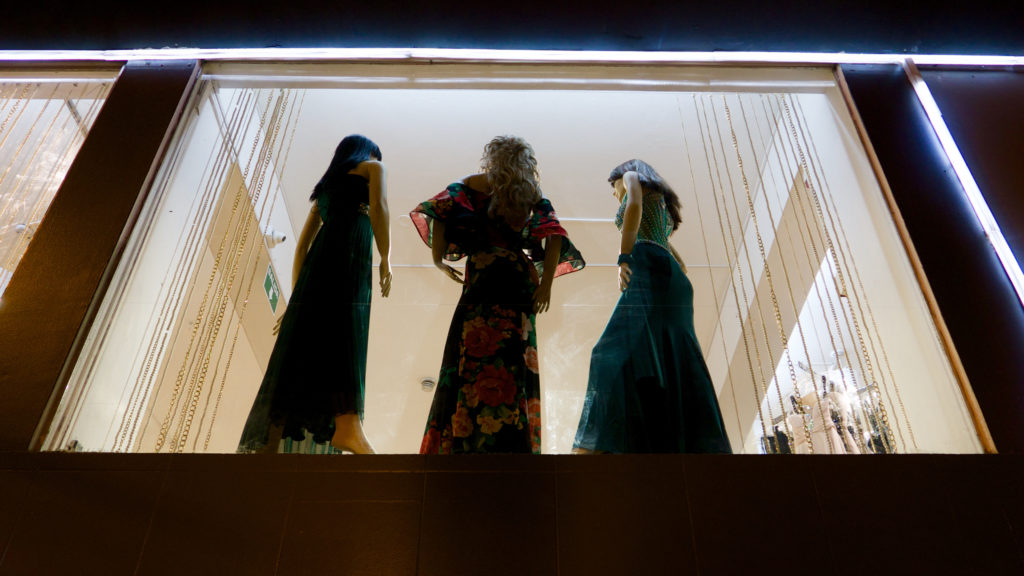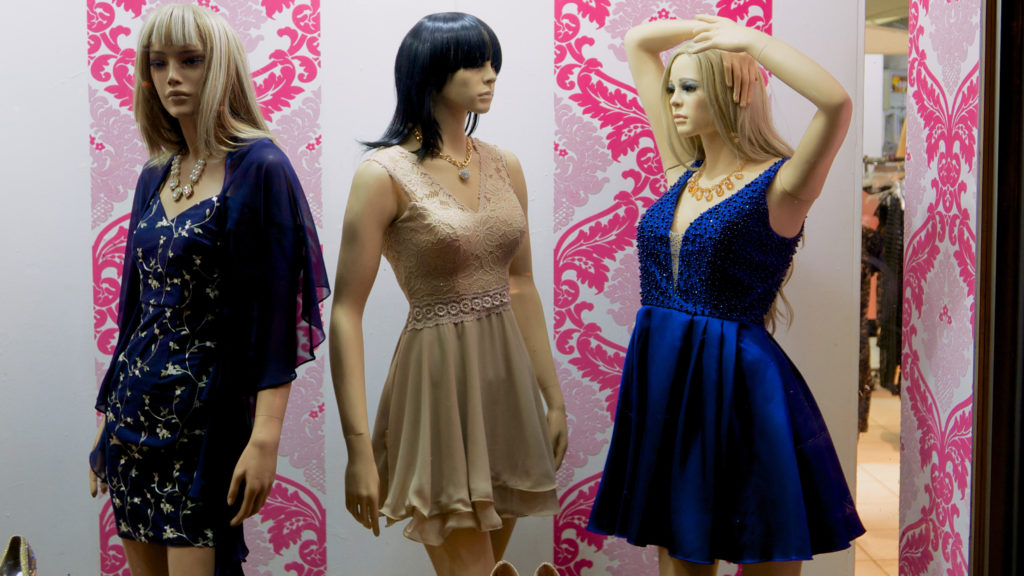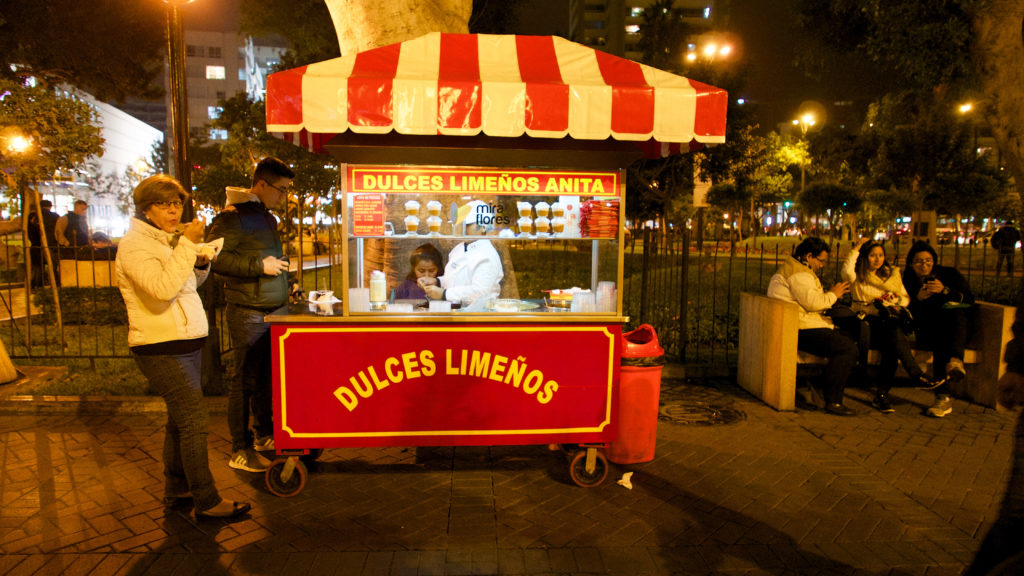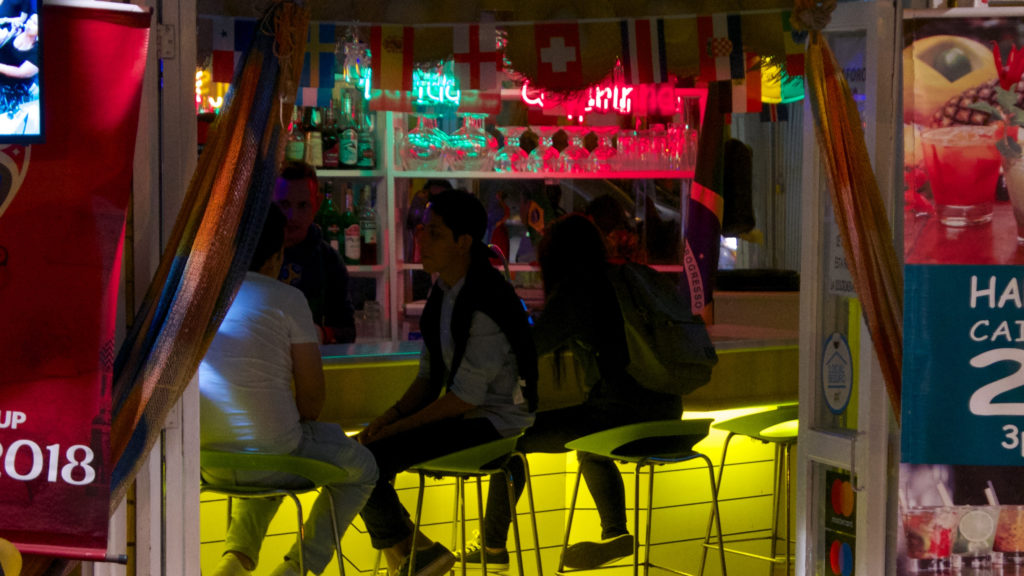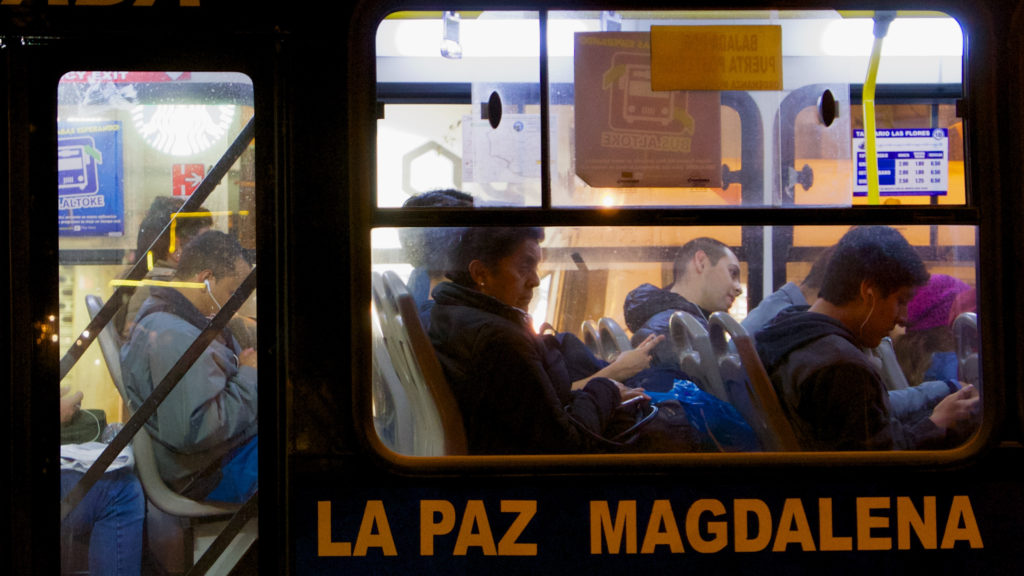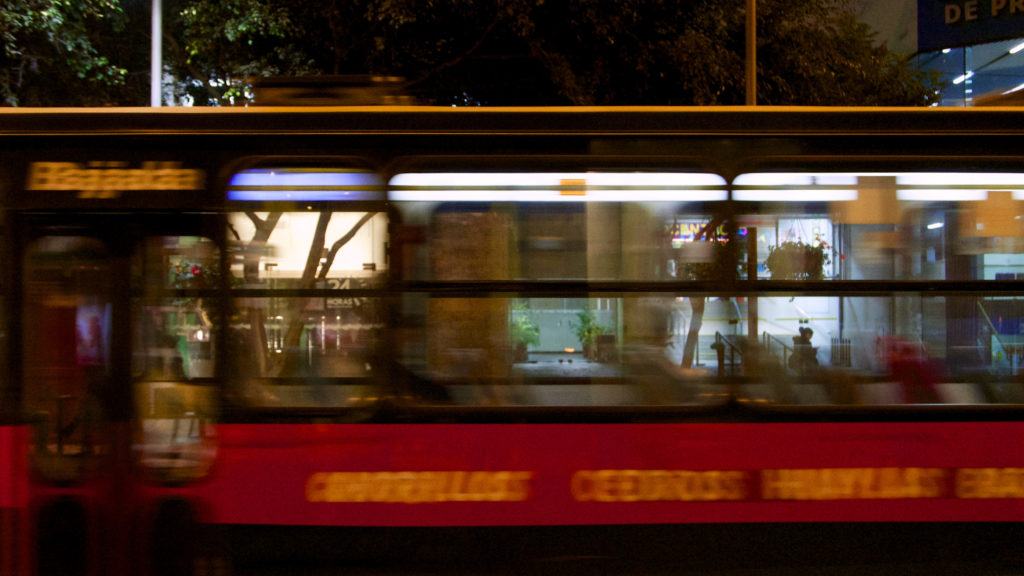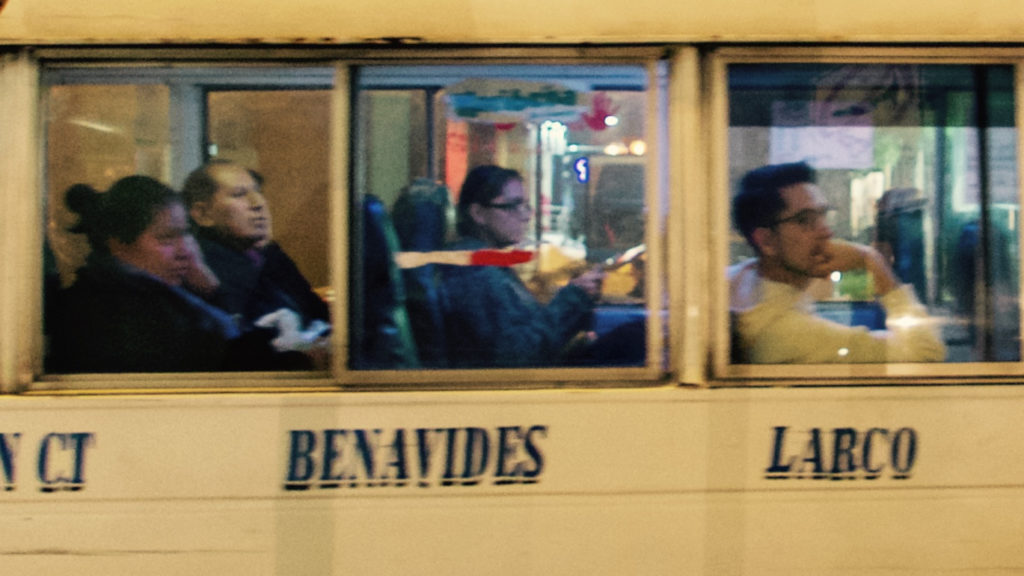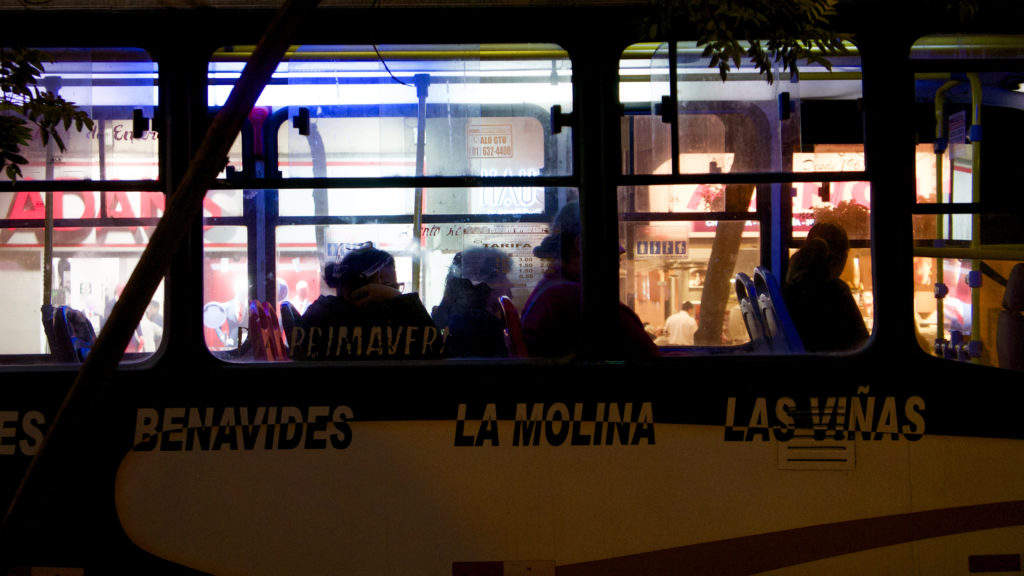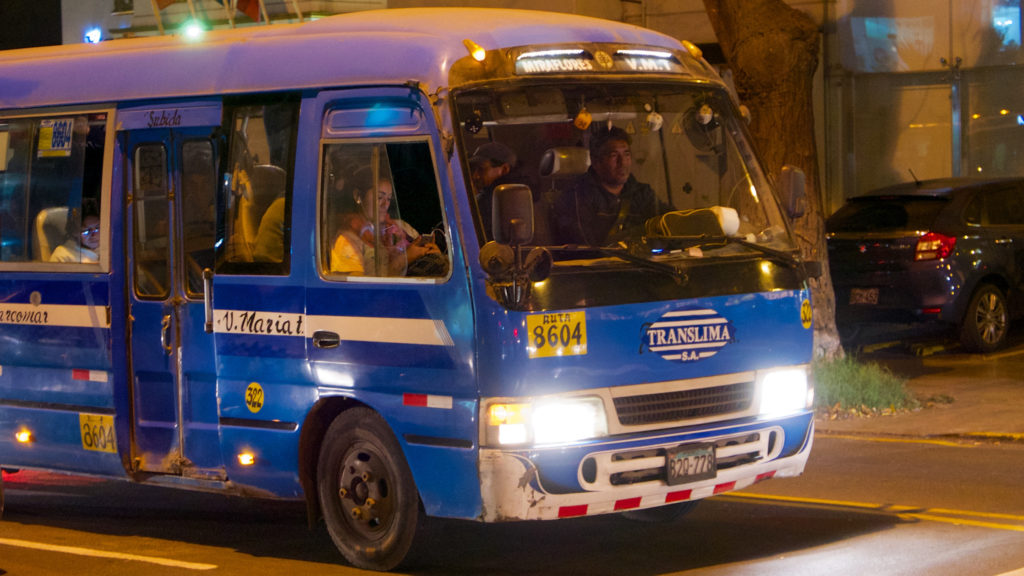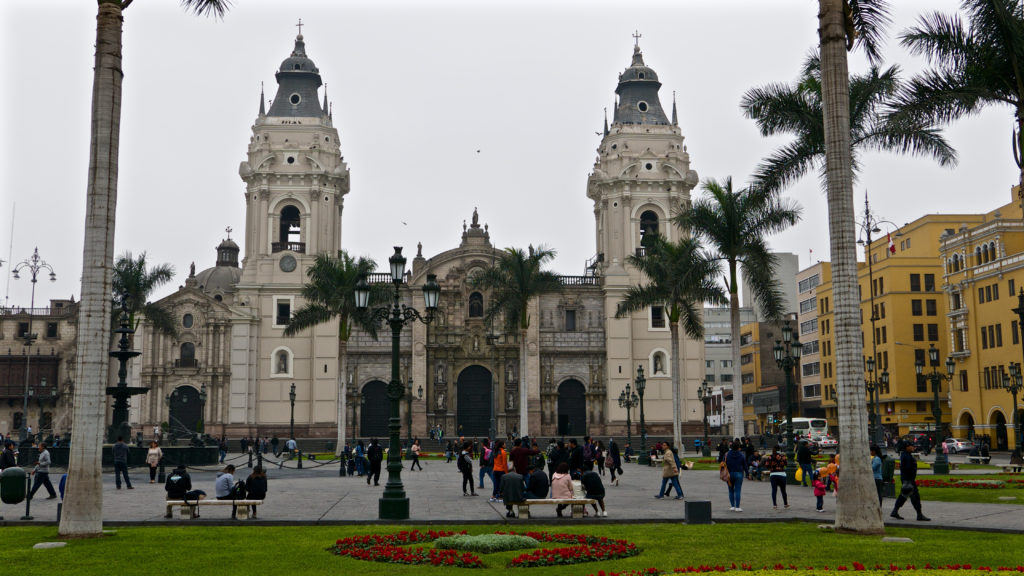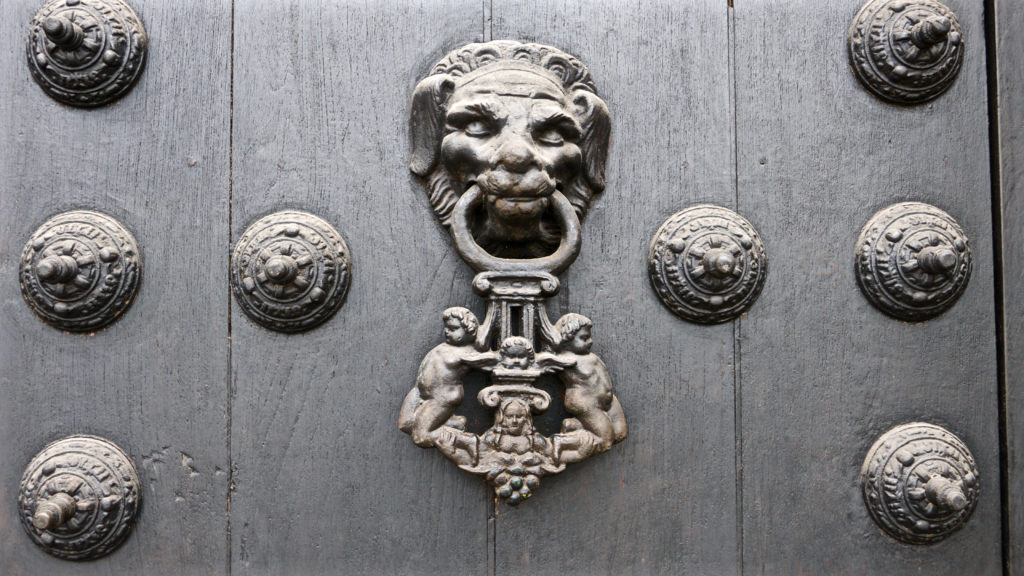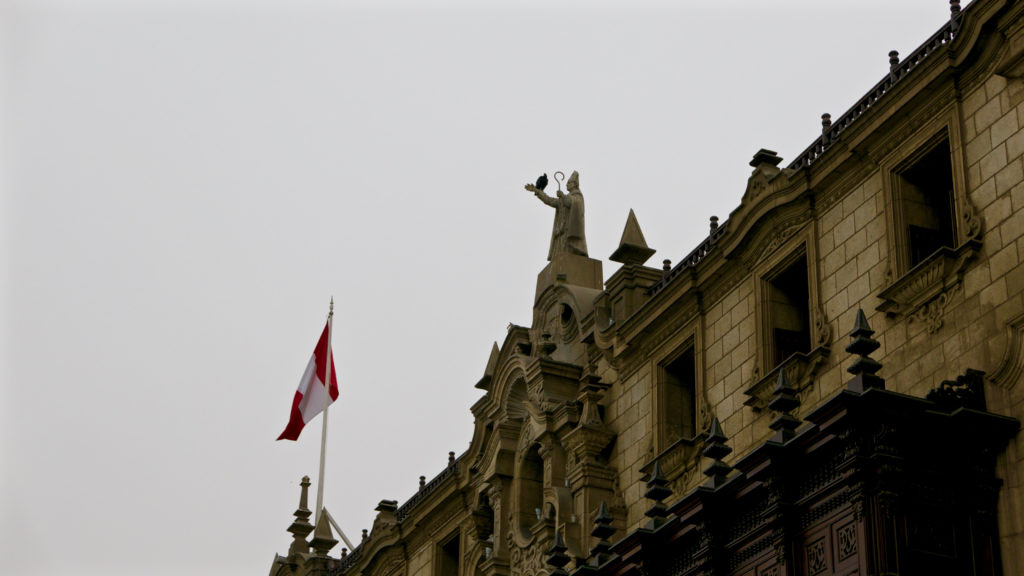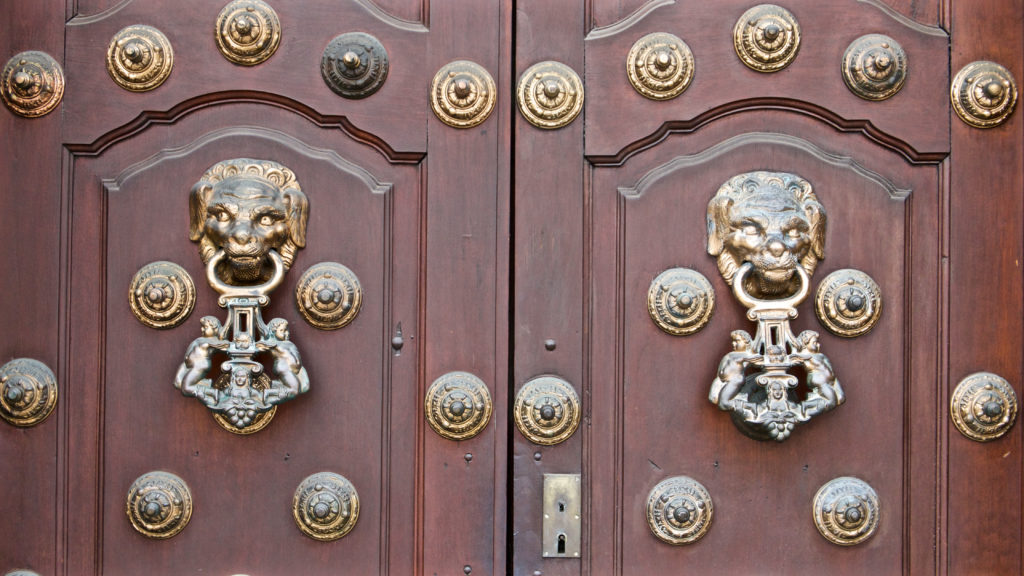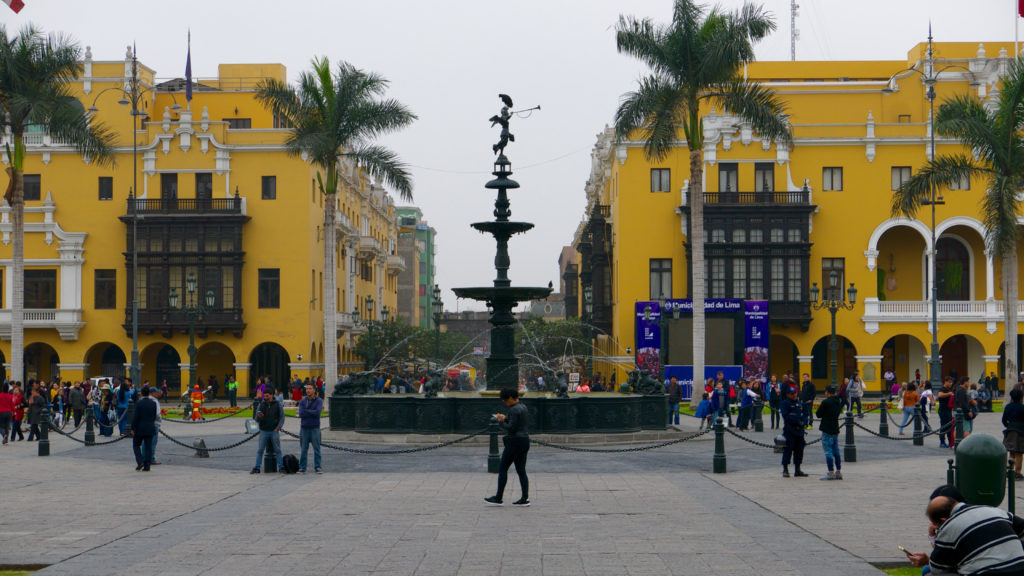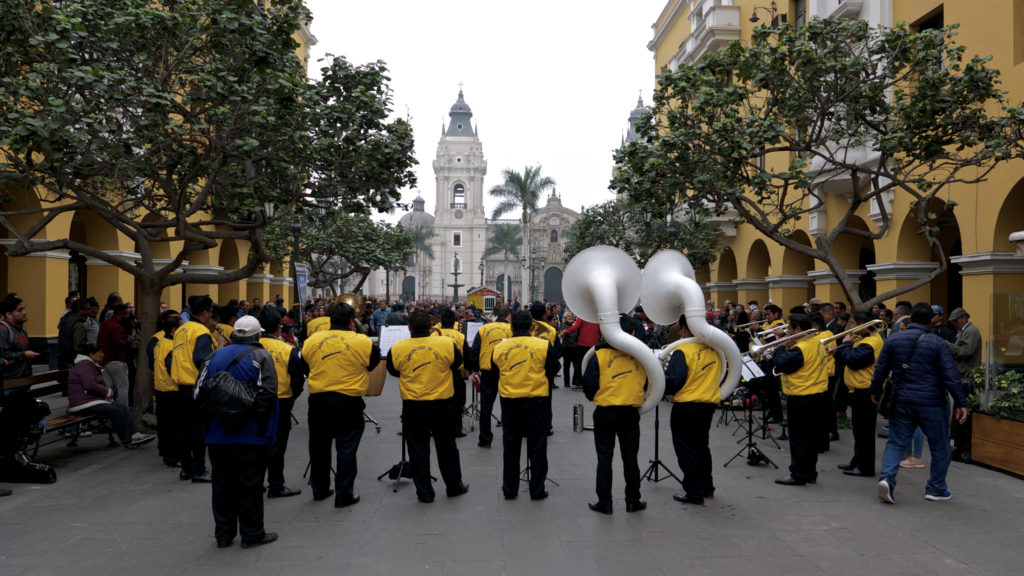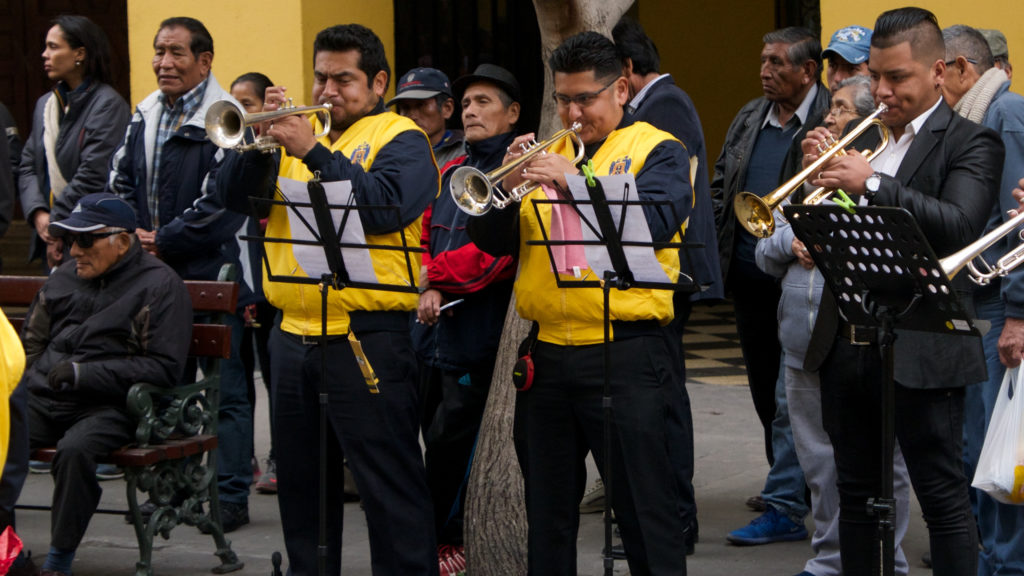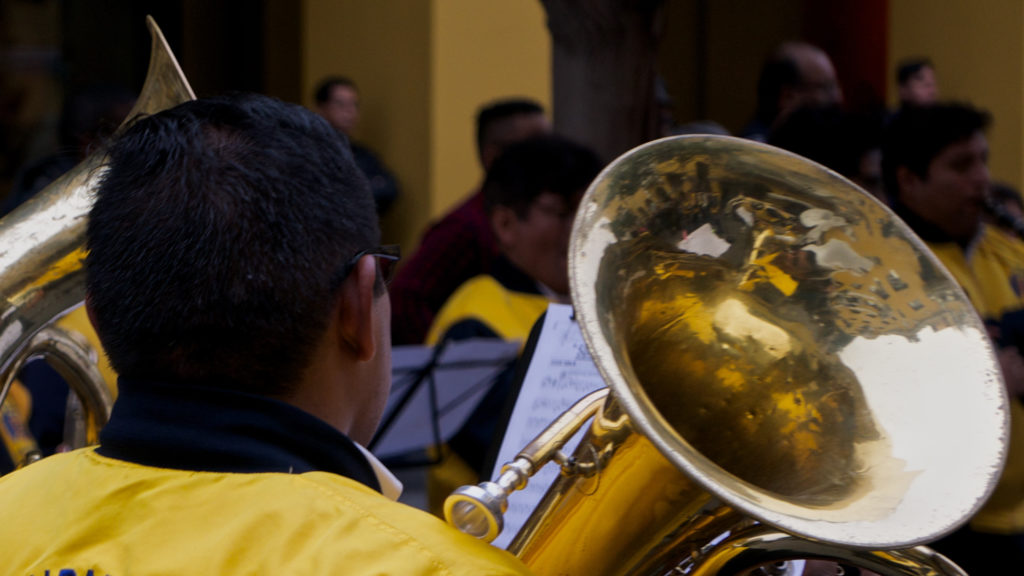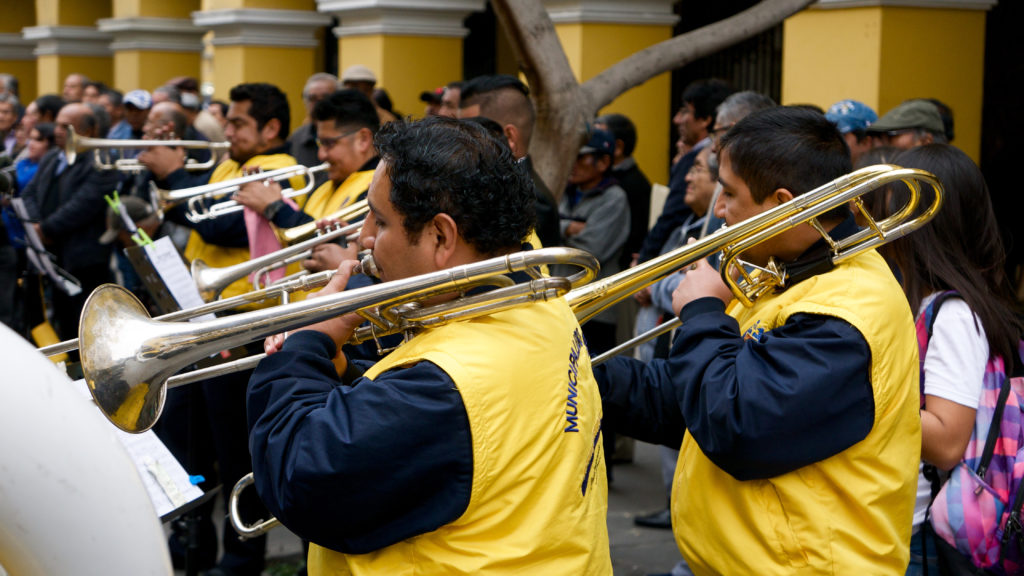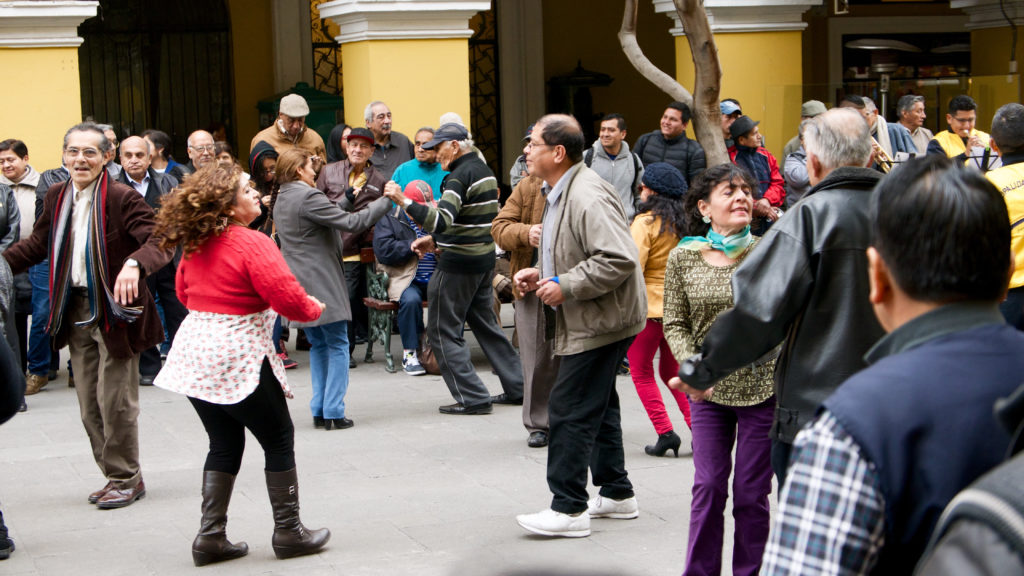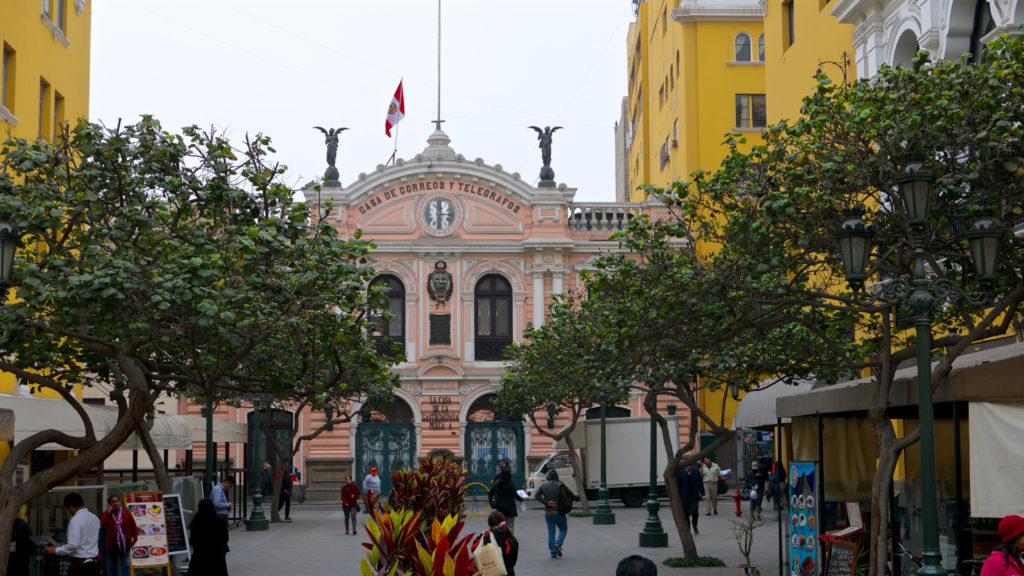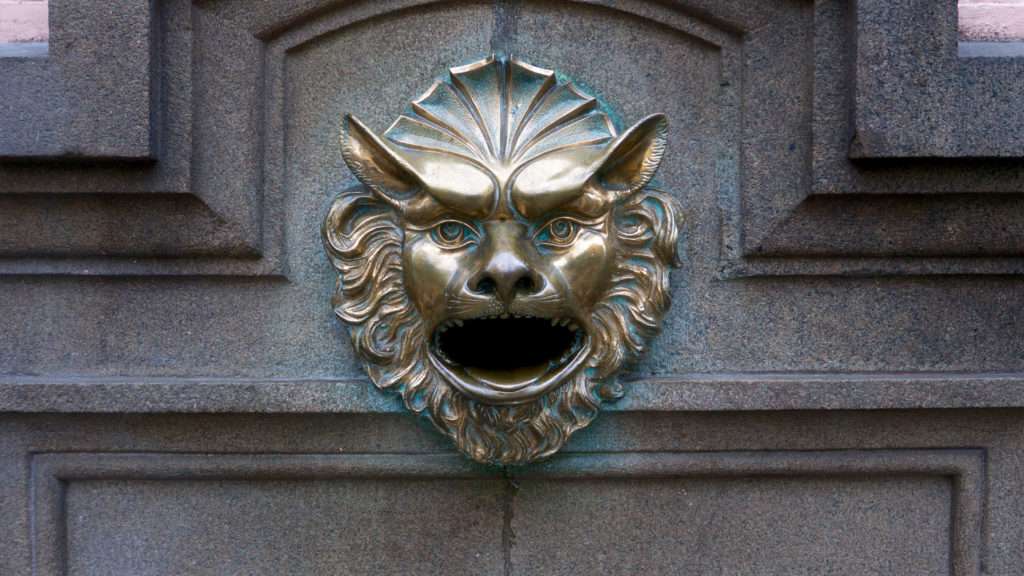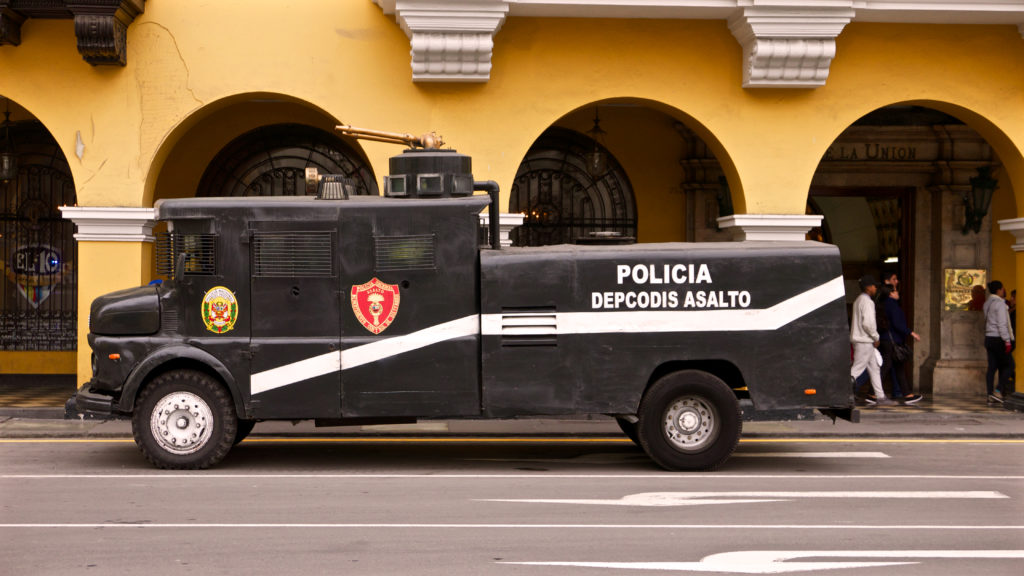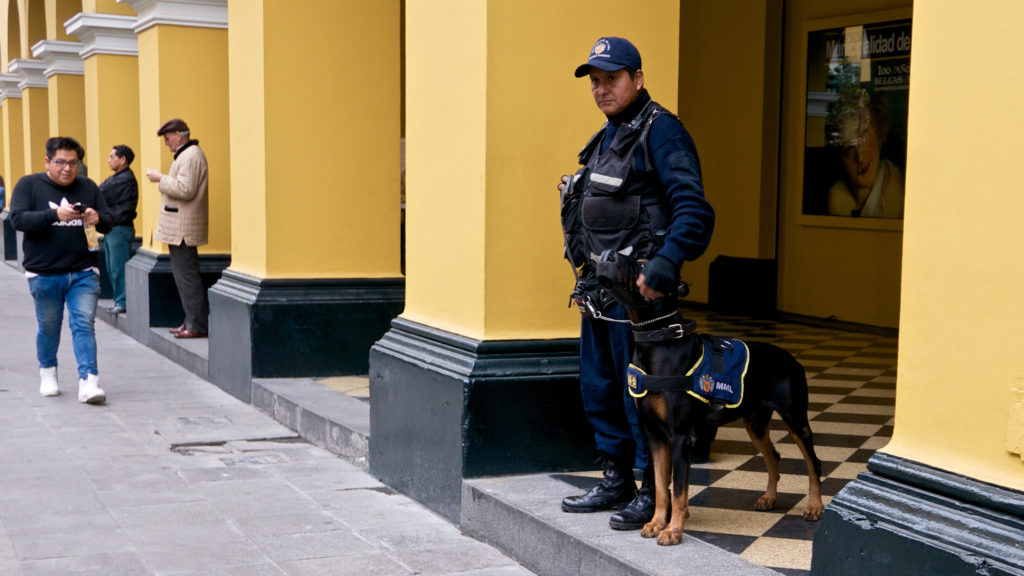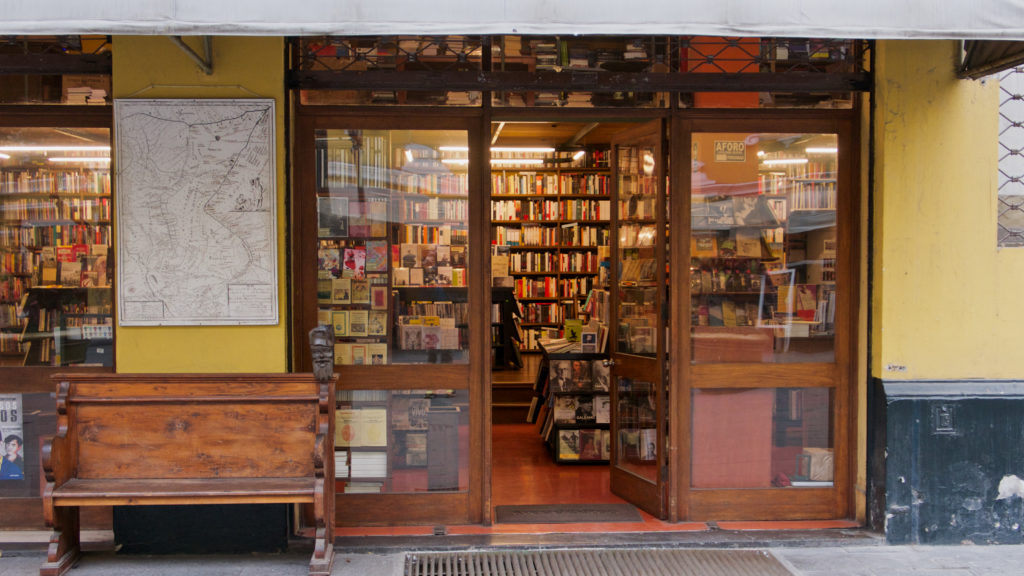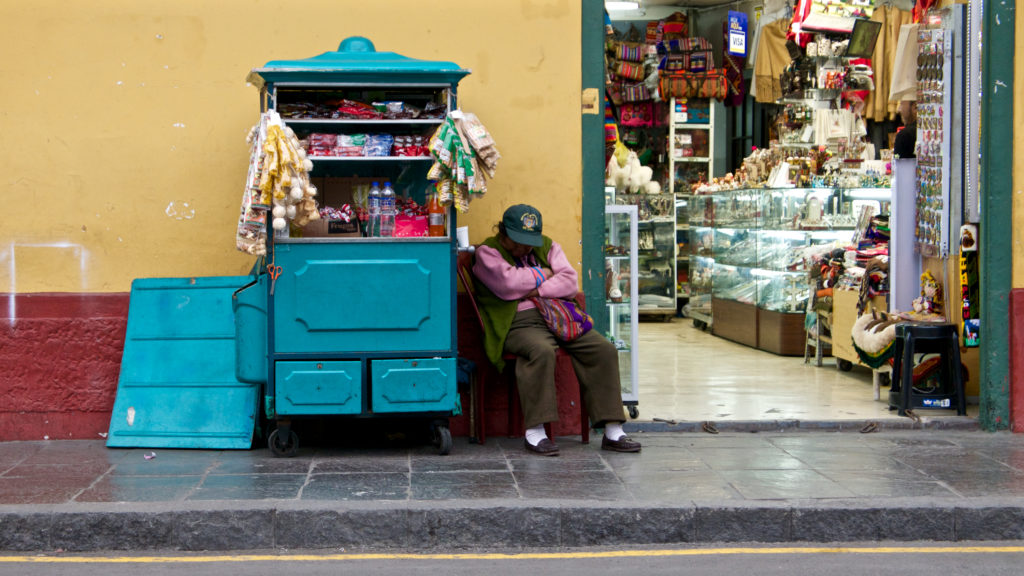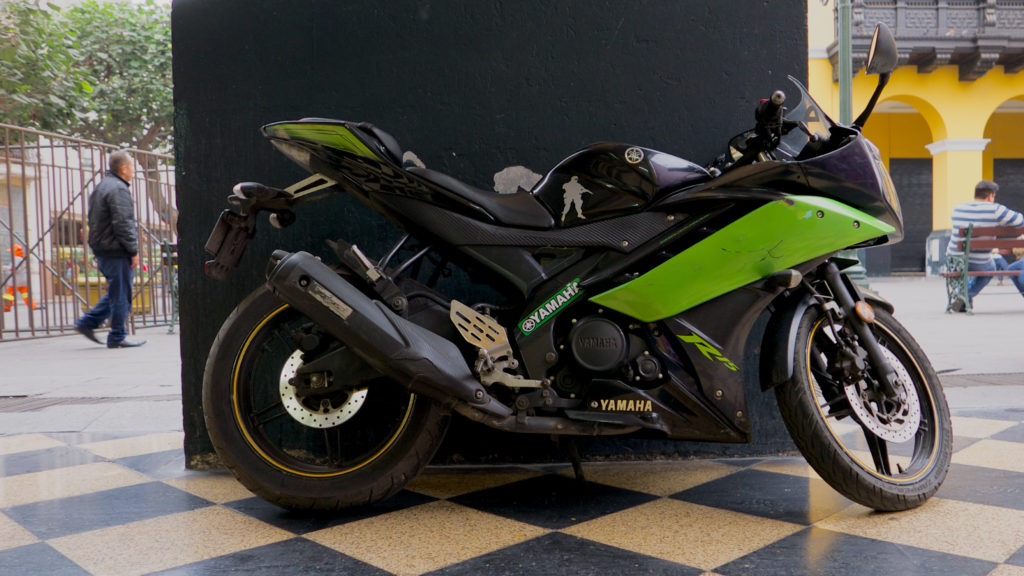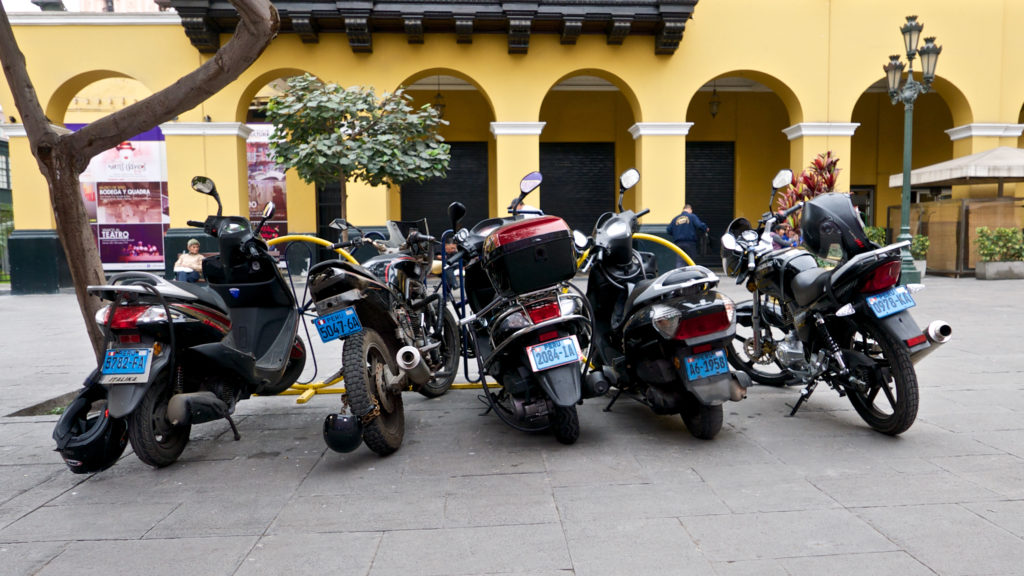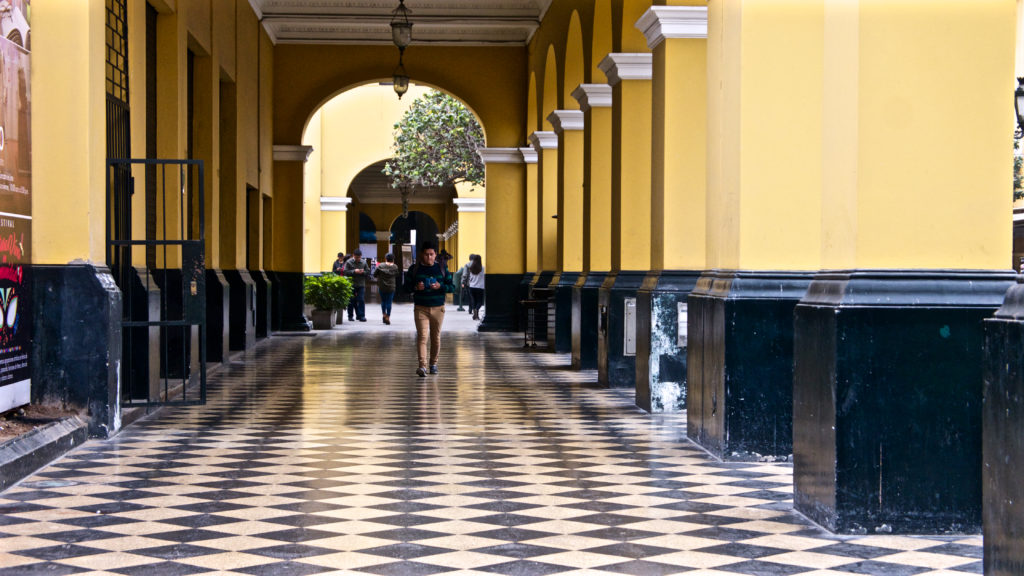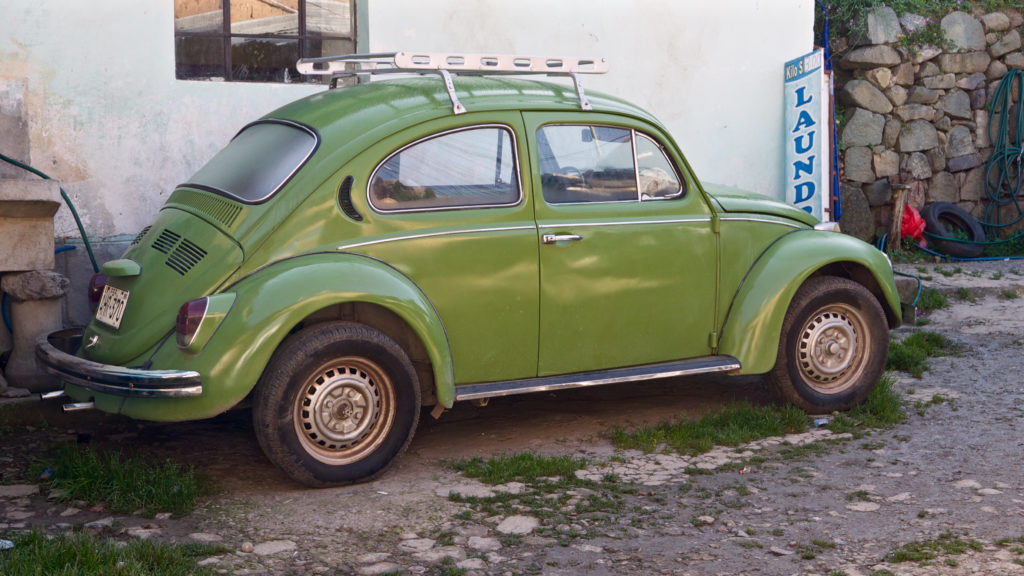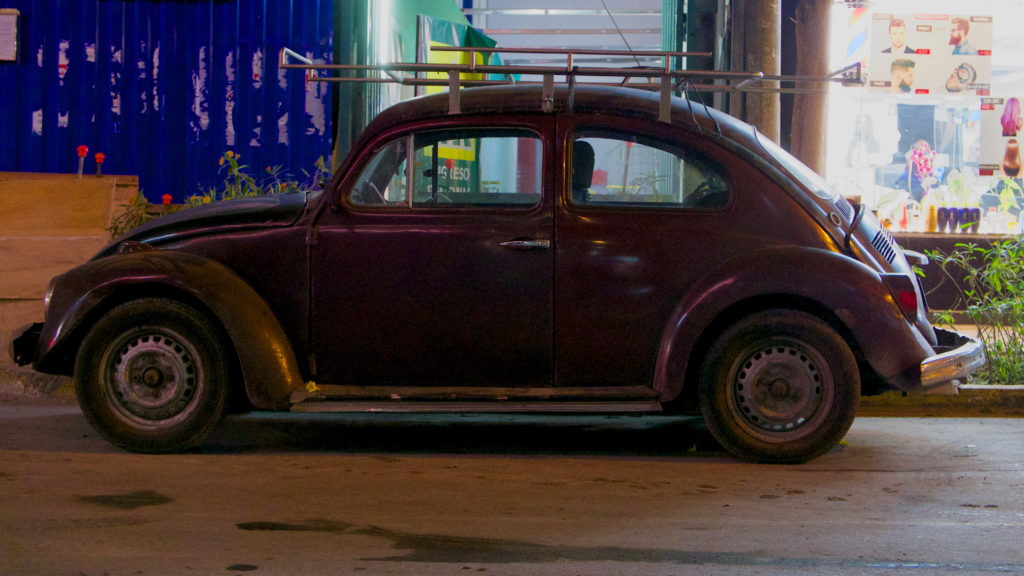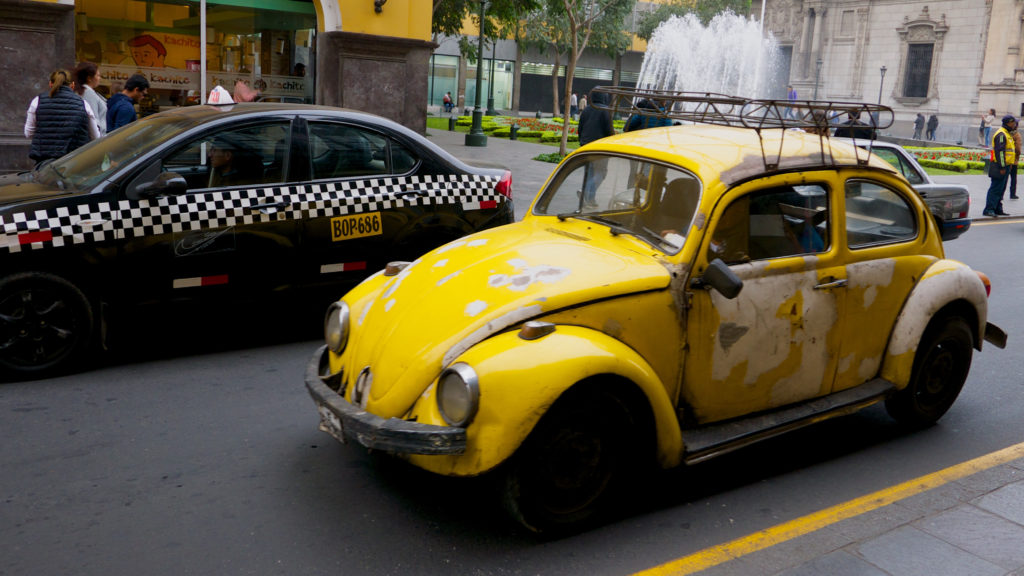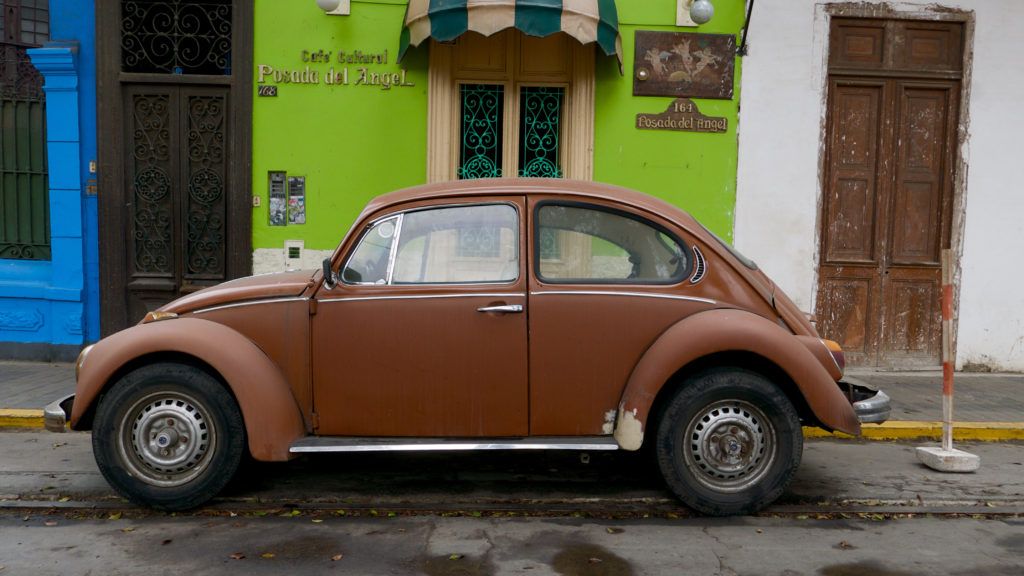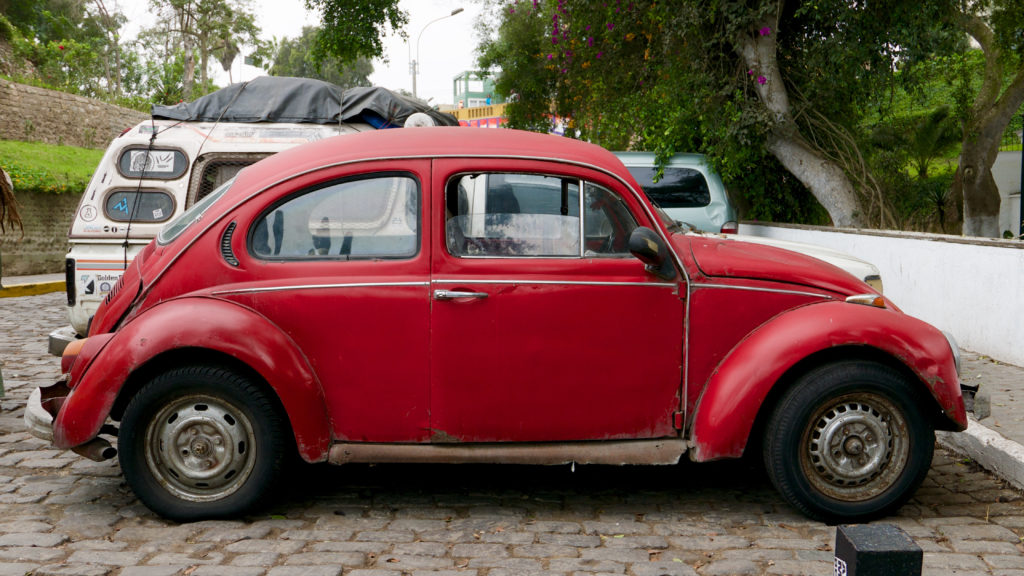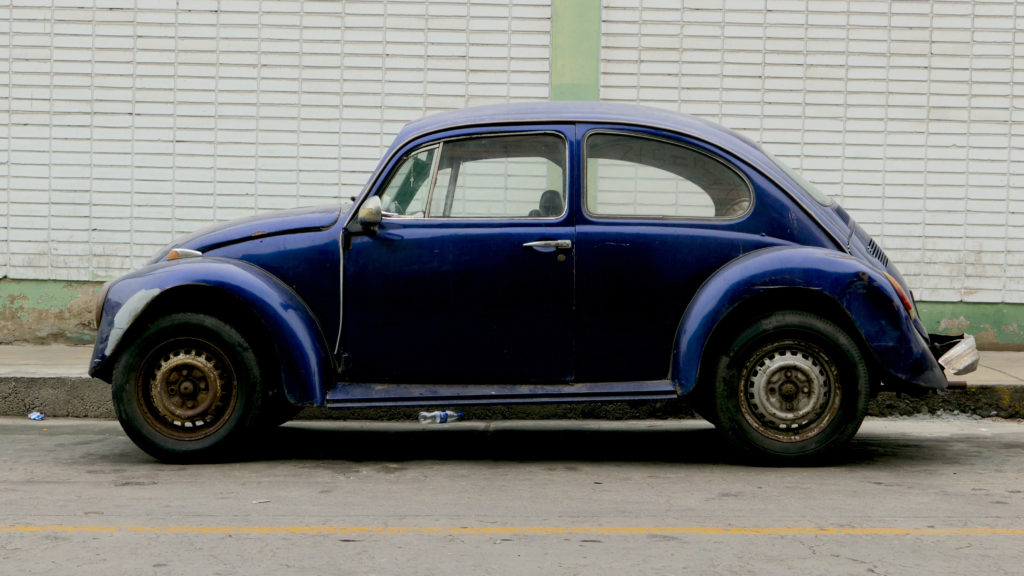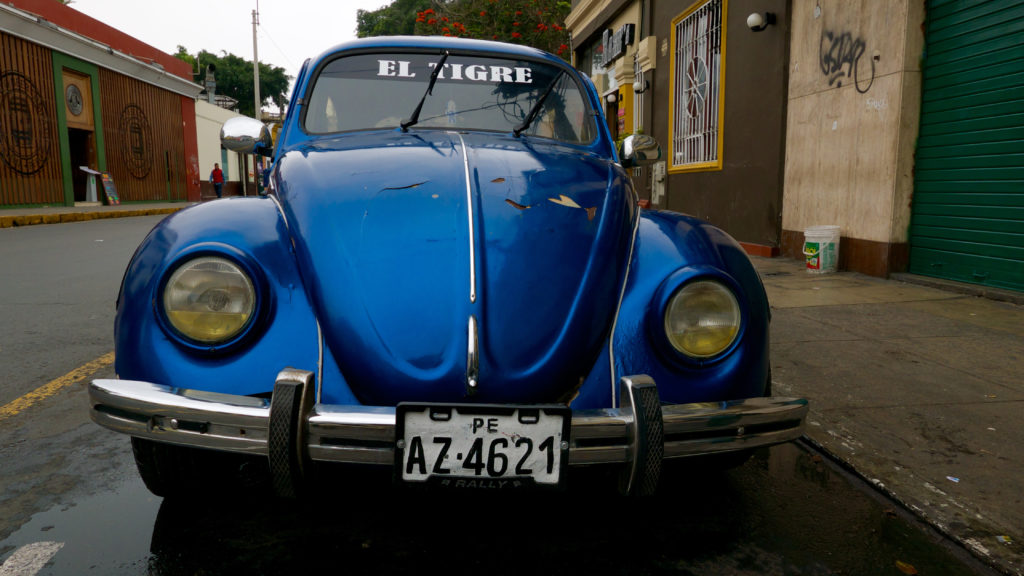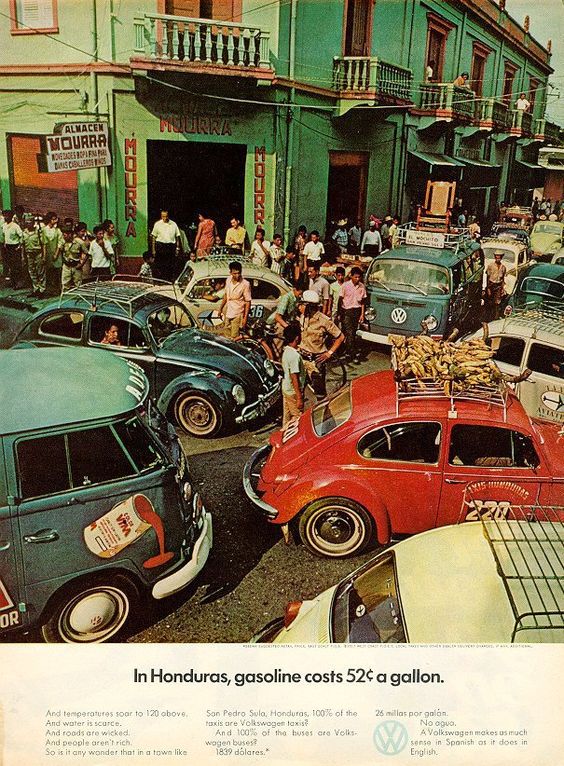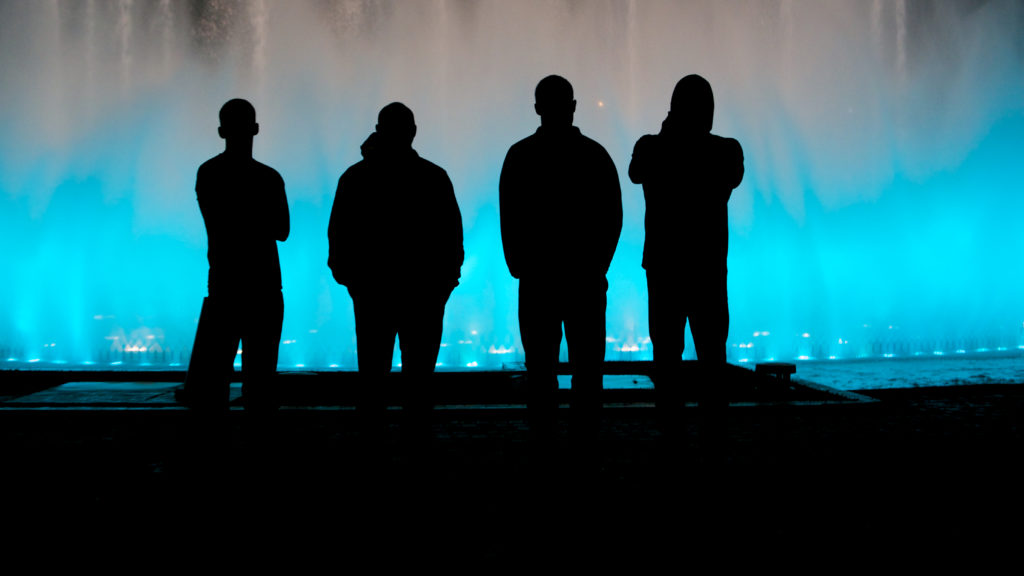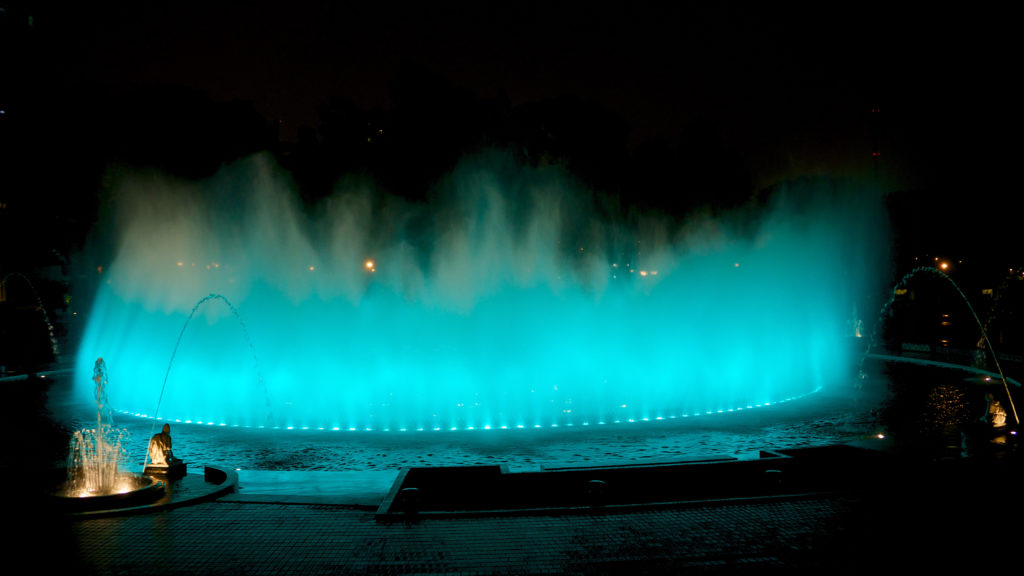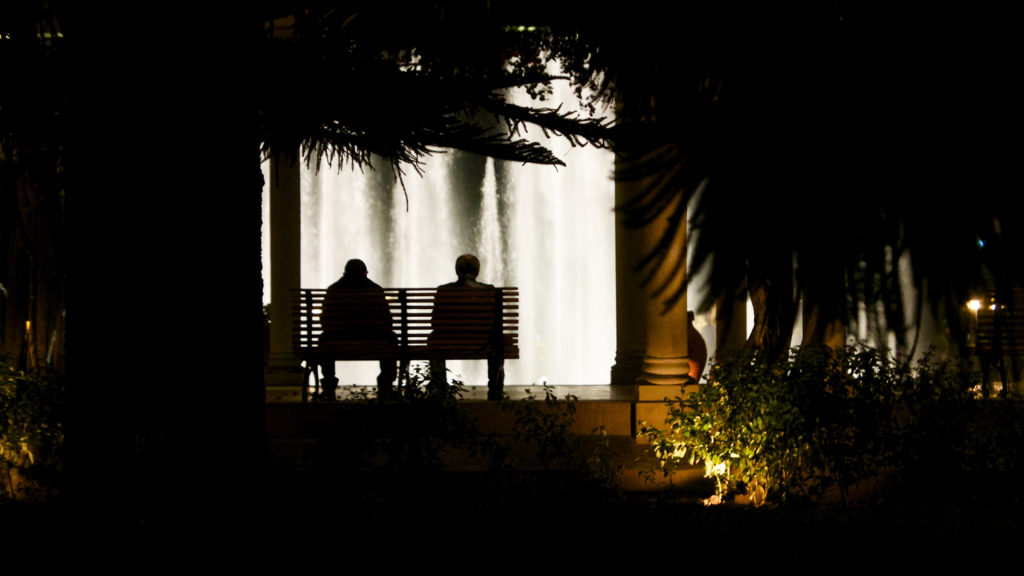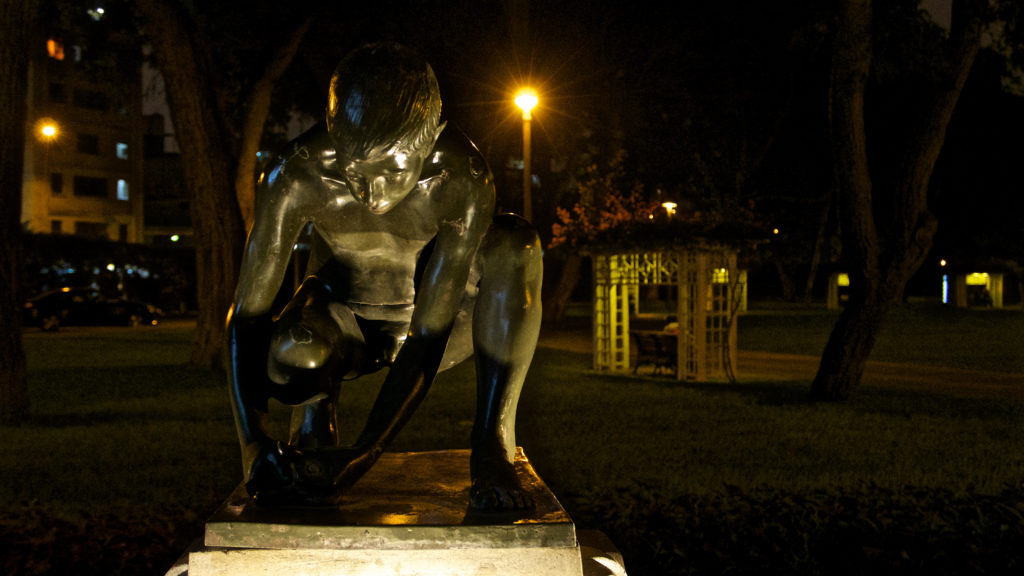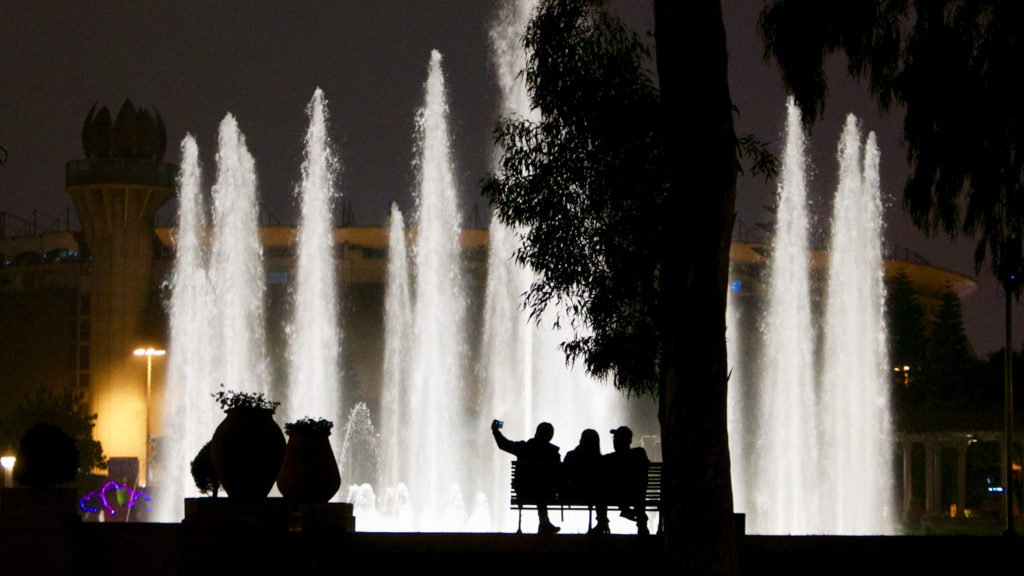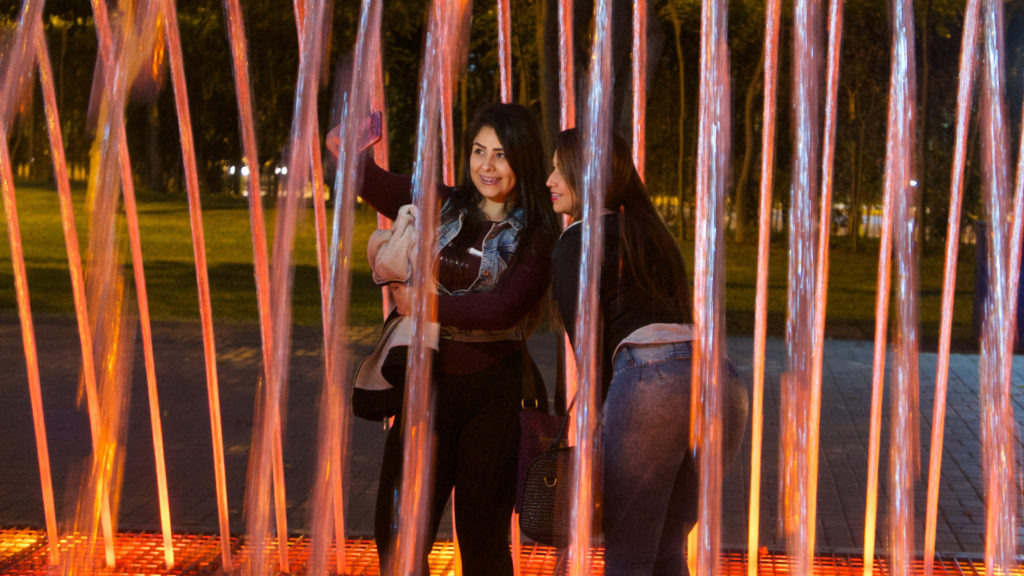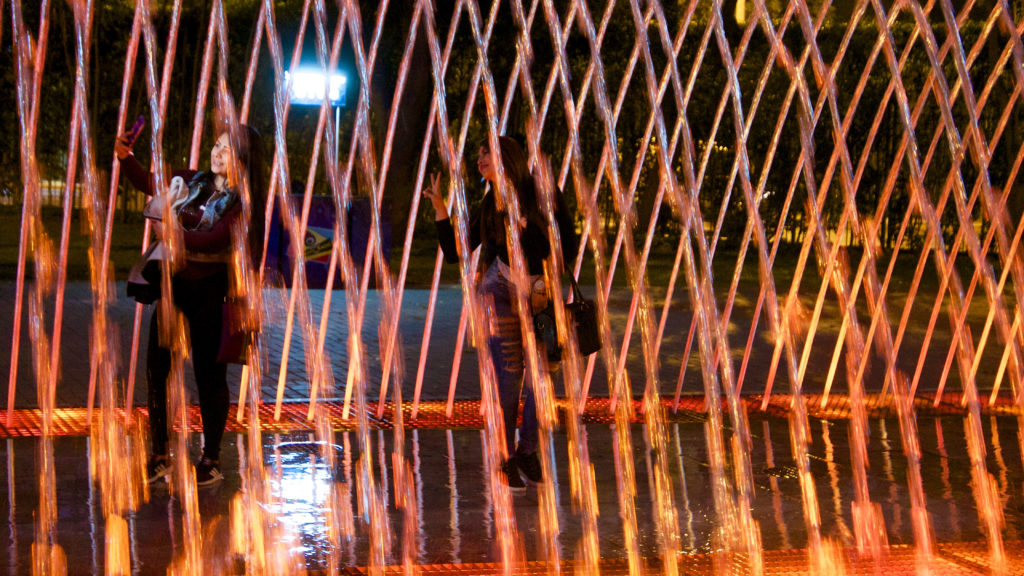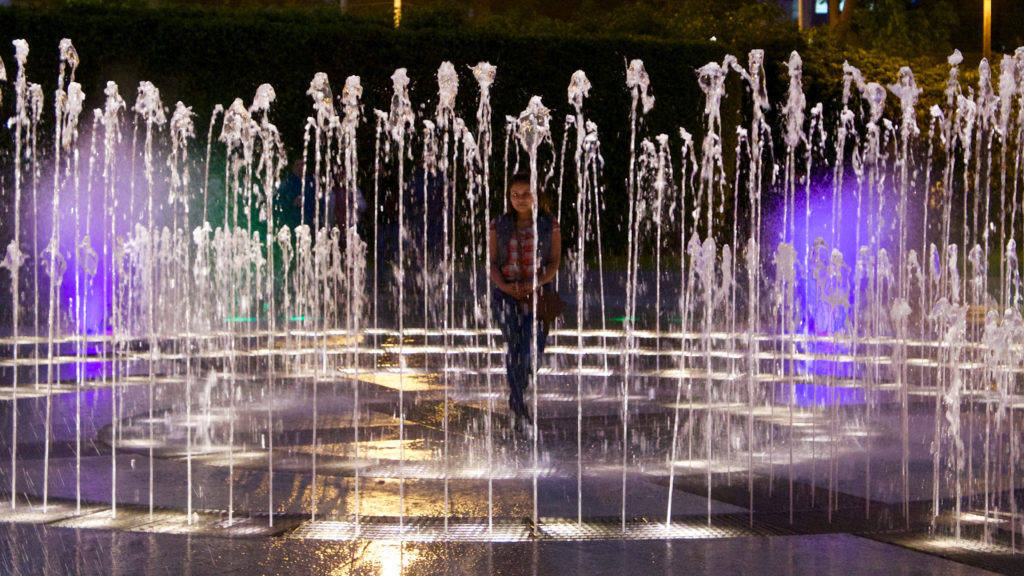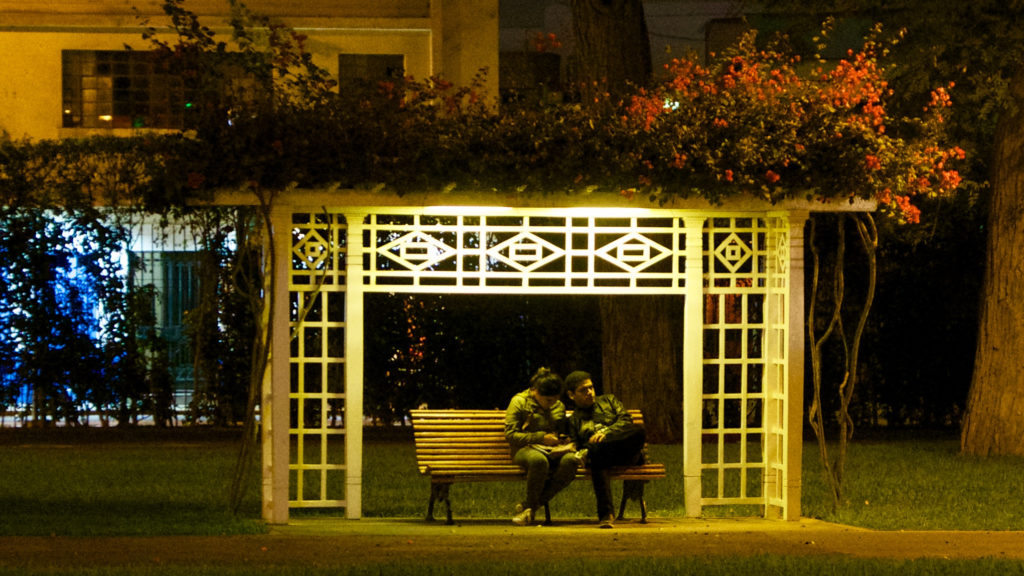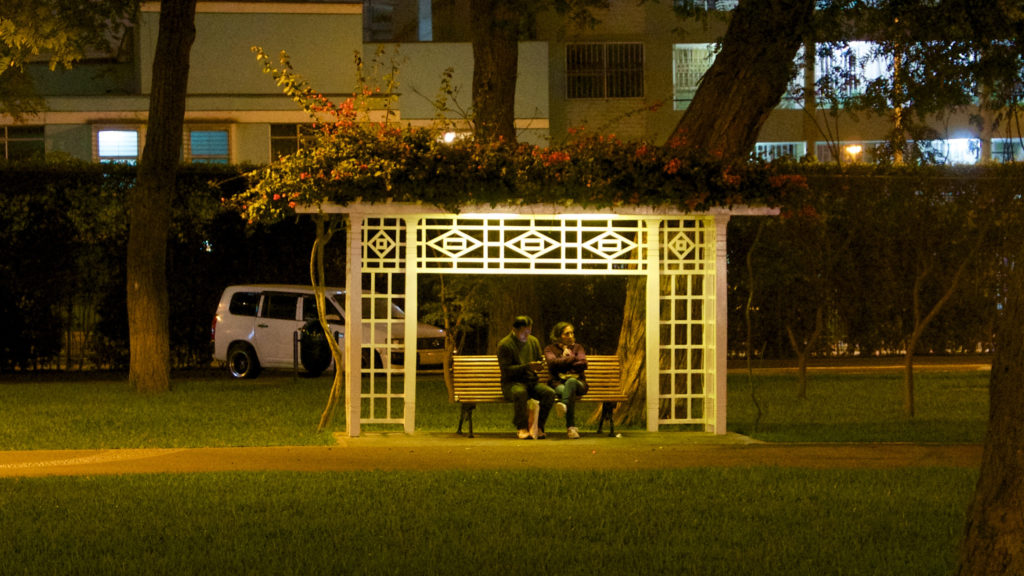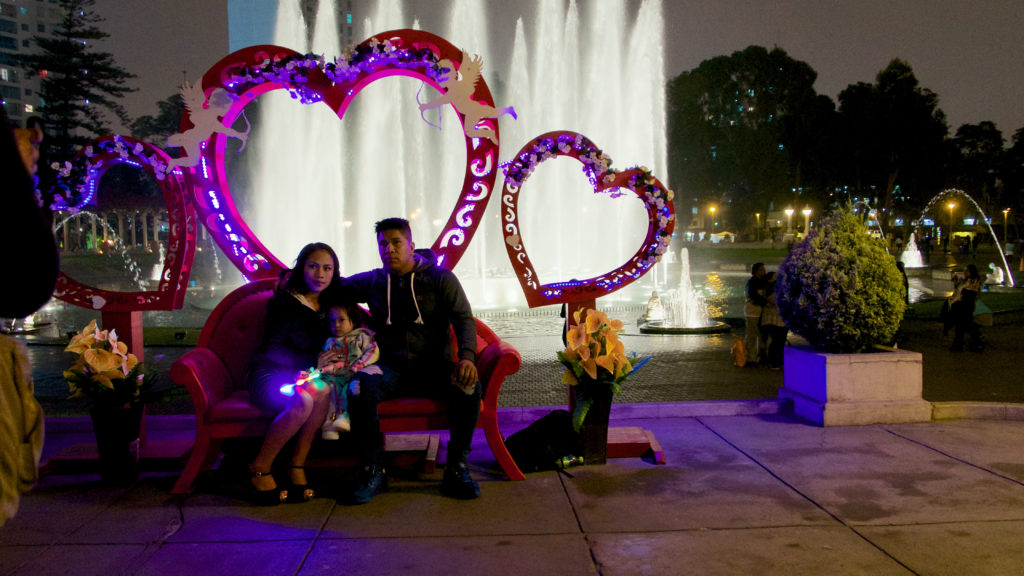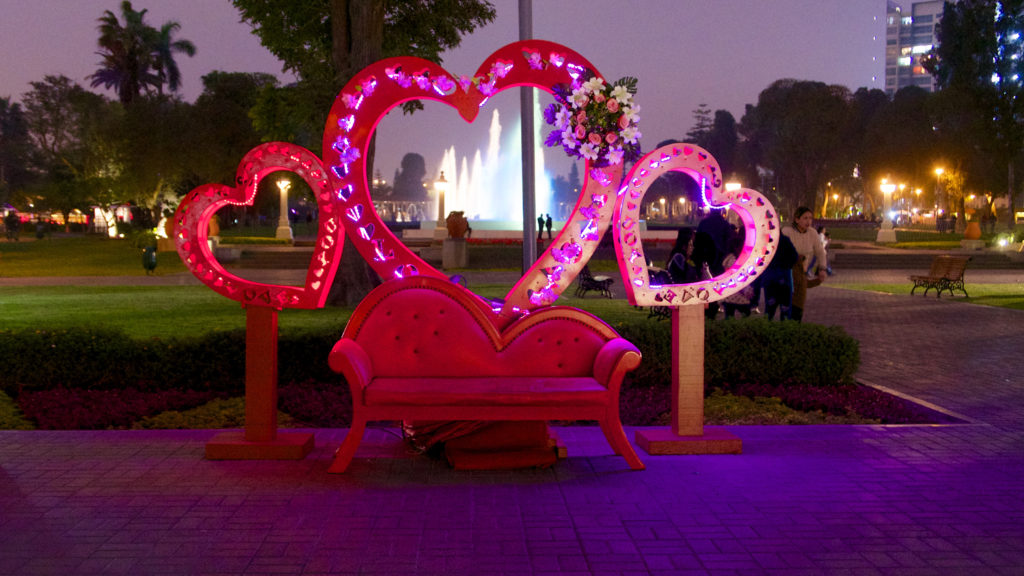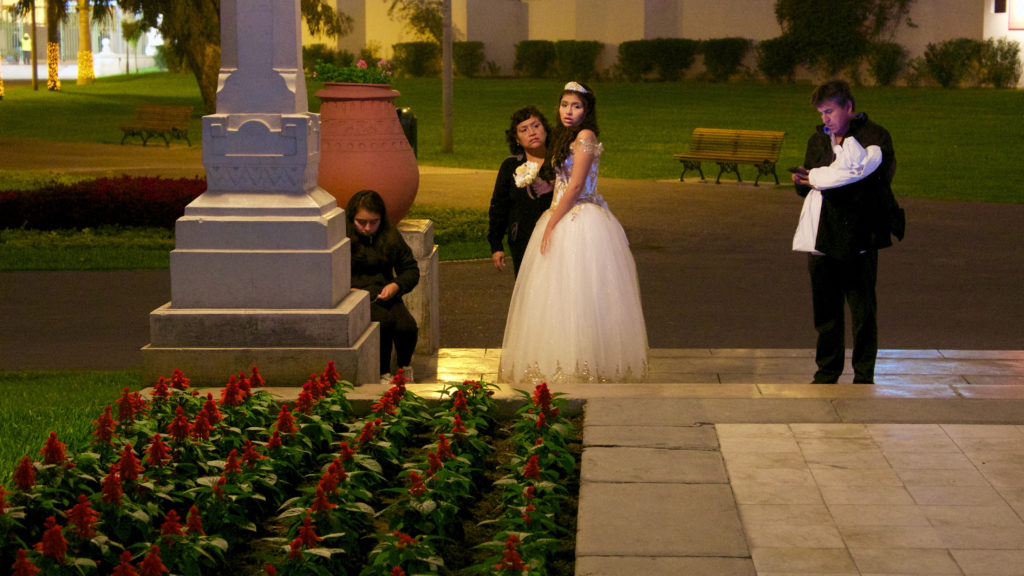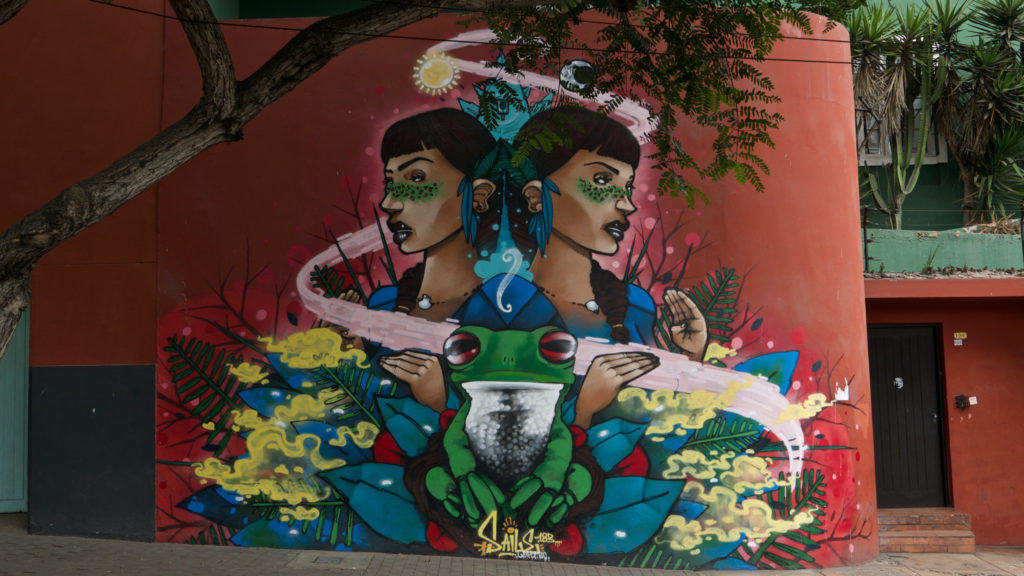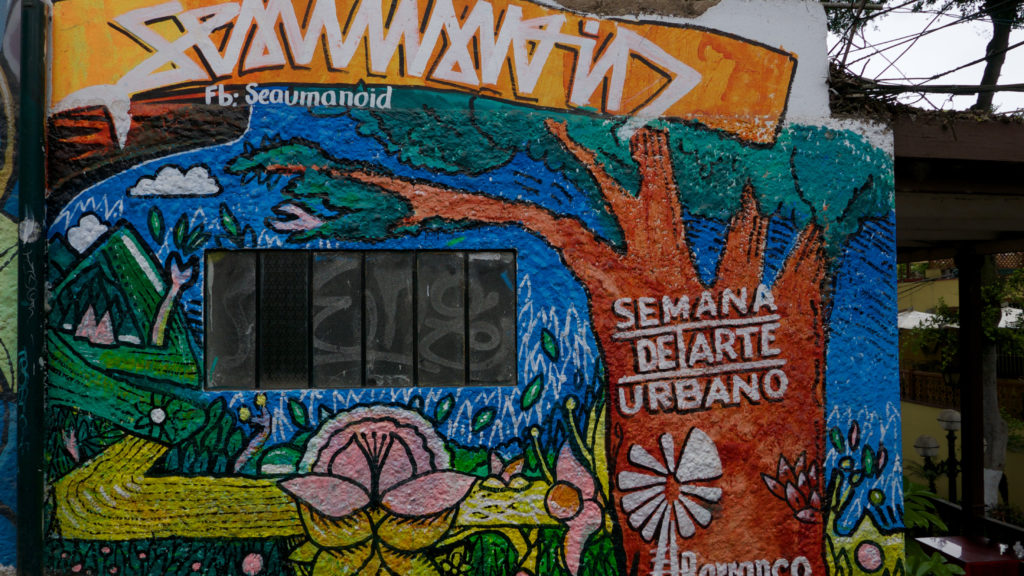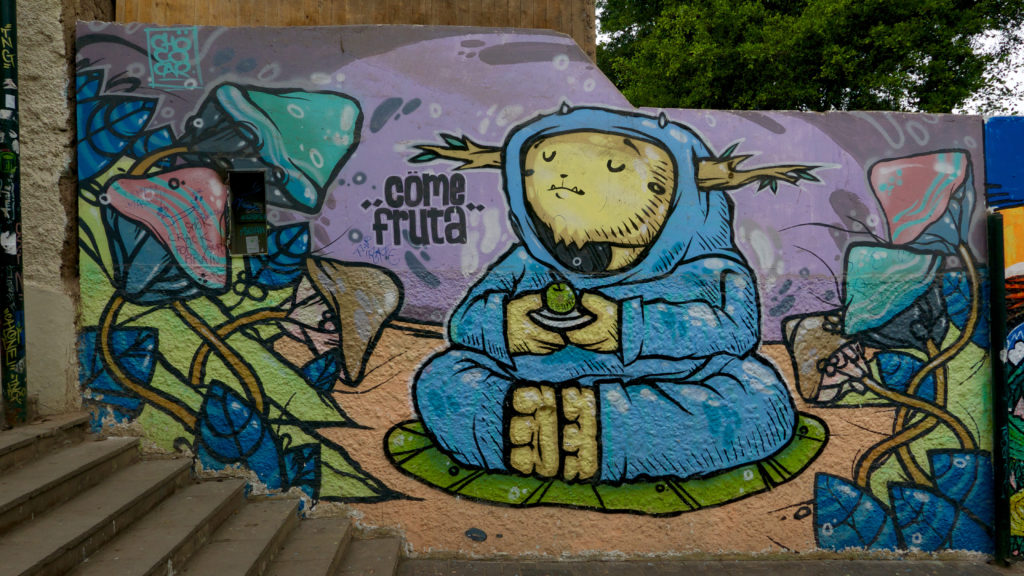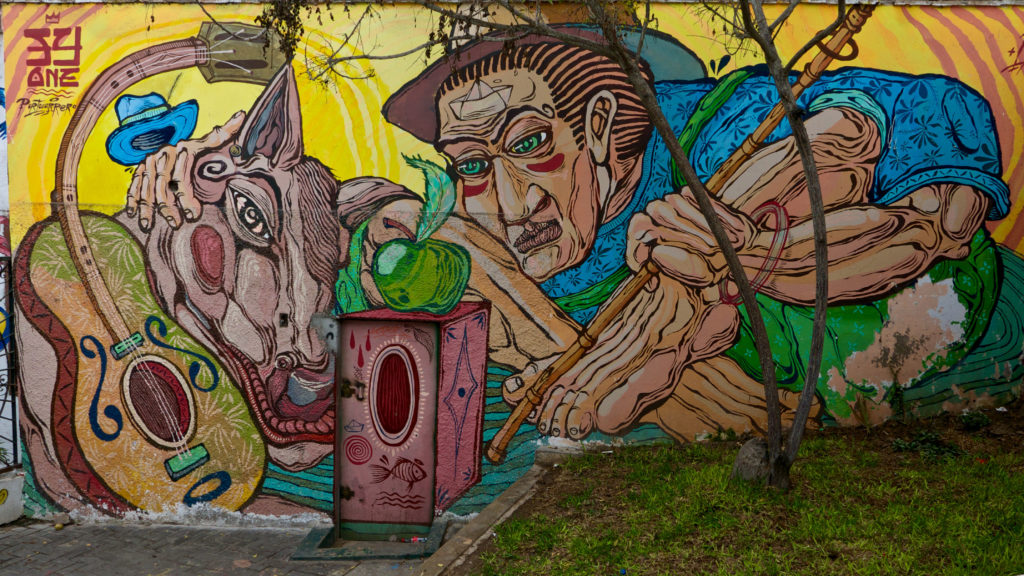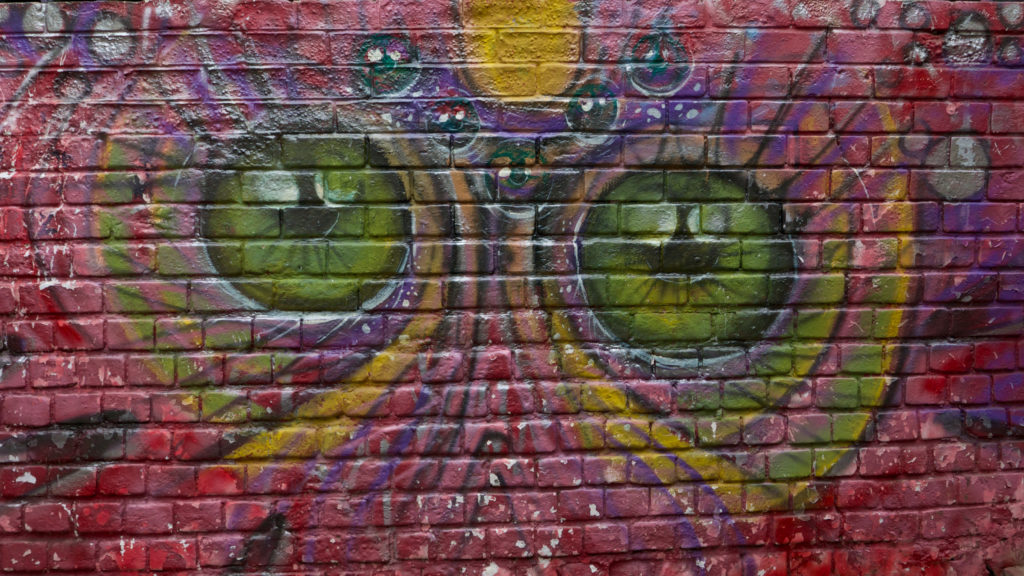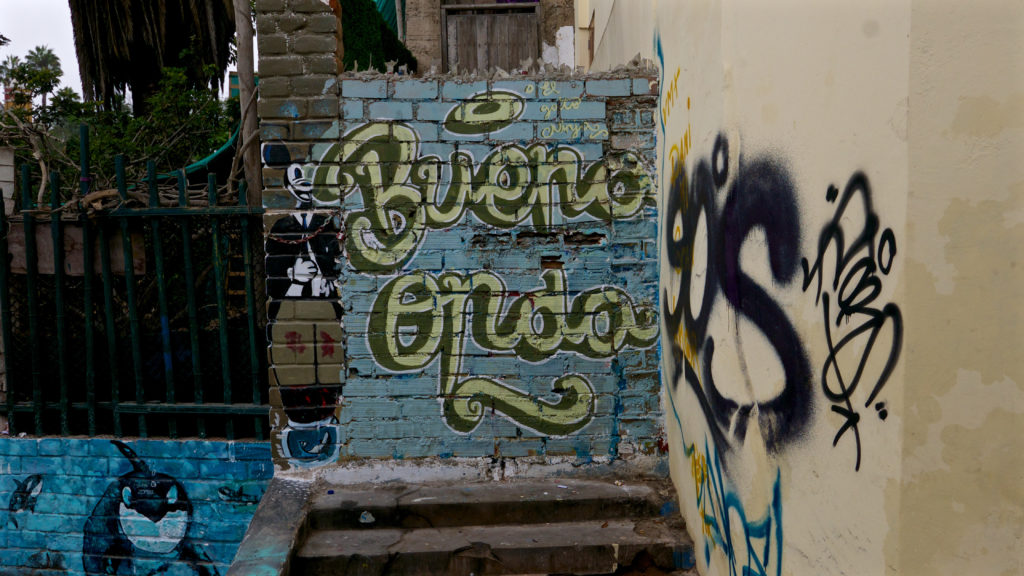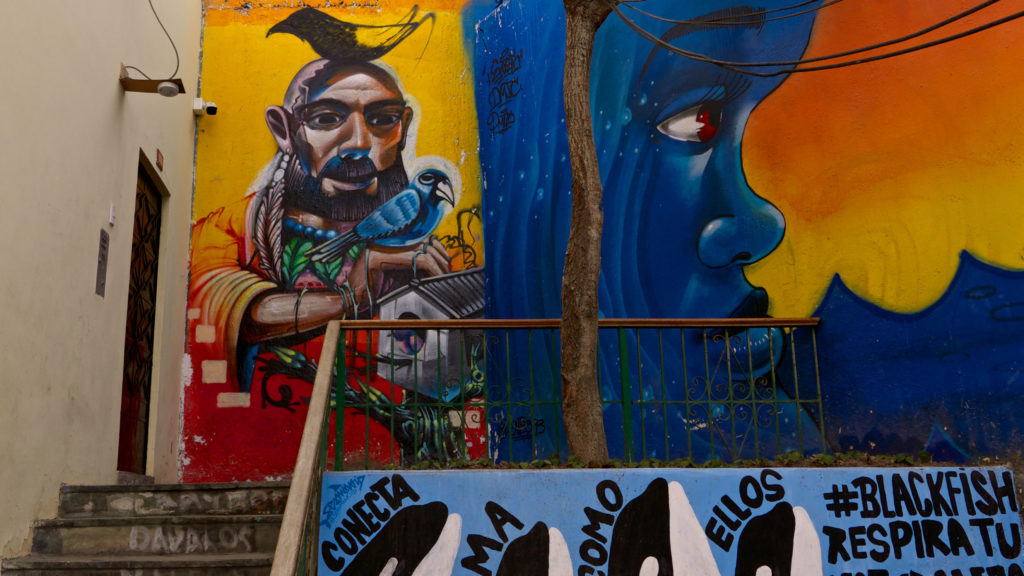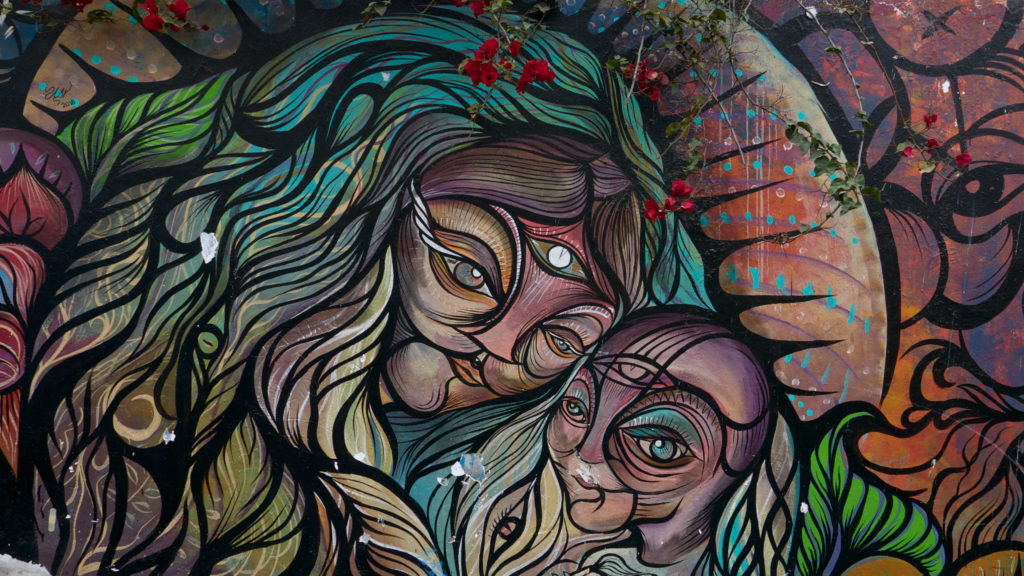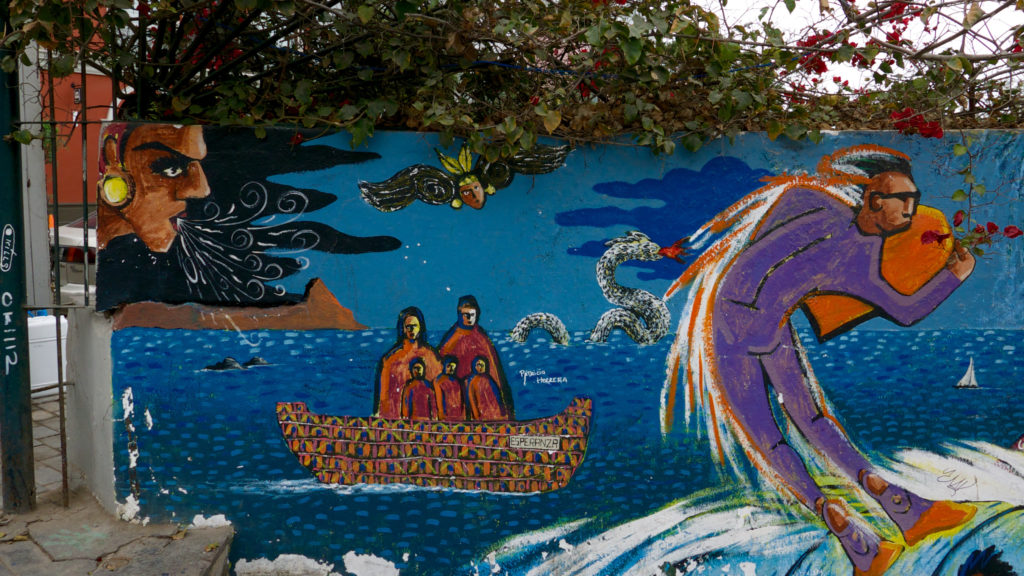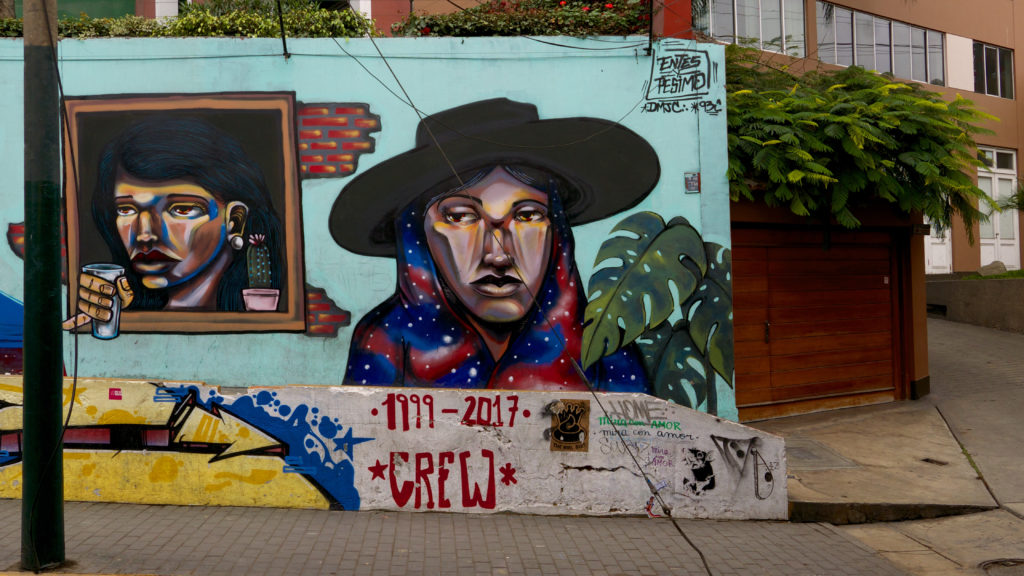On March 29 of this year, a friend messaged me at 8:00 in the evening to say she was locked in at the Santurce Air BnB she’d rented. Literally locked in. She’d misunderstood her host’s key instructions and now found herself unable to open the gate that would allow her to leave. She needed rescuing and gave me the address: 809 Calle Cerra, Santurce.
Using Google Maps, I navigated through the Maria-darkened streets of San Juan. I thought I knew Santurce, but I’d never been to this part before. The apartment was at the top of a flight of outdoor stairs that was accessed from the sidewalk via a red gate to the right of the building. I retrieved the key from a lockbox and released Ang from her Air BnB incarceration. We had a good laugh about it.
I caught only a glimpse of the neighborhood that night. What I could make out looked to be one-third slum, one-third hip, one third light industrial/commercial. I mentally bookmarked it as a place to return to someday. And so four months to the day after I rescued Ang, I returned to check out the neighborhood by daylight. I was delighted to find the largest repository of street art I’ve seen in San Juan.
Some of the murals covered entire sides of buildings. They were clearly not the work of casual taggers.
The one below was done by NM Salgar.
This painting was the most intricate of any I saw. And it’s big; the photo here only shows half of it. I can’t imagine the amount of time it must have taken to work in all those little color dots. It was done by Shetrock, one of the most prolific and talented of the Calle Cerra artists.
I’m not wild about this particular piece, but I admire the ambition behind it.
This tree-shaded mural shows Puerto Rican baseball legend Roberto Clemente wearing his Santurce Cangrejeros uniform. Clemente was the first Latin American/Caribbean player to be enshrined in the National Baseball Hall of Fame. The size of this mural is a reflection of how big baseball is here.
Below is surely one of the most beautiful hardware stores to be found anywhere.
I’m not certain, but I think the sign in the photo below is part of the artwork. San Expedito (Saint Expeditus) is one of the sketchier Roman Catholic saints. According to the entry on him in Wikipedia,
Expeditus was a Roman centurion in Armenia who became a Christian and was beheaded during the Diocletian Persecution in AD 303. The day he decided to become a Christian, the Devil took the form of a crow … and told him to defer his conversion until the next day. Expeditus stamped on the bird and killed it, declaring, ‘I’ll be a Christian today!’
Many stories circulated about the origin of the cultus of Expeditus. … A case containing the relics of a saint, who was formerly buried in the Denfert-Rochereau catacombs of Paris, was delivered at a convent in the city. The senders had written expédit on the case, to ensure fast delivery of the remains. The nuns assumed that “Expédit” was the name of a martyr, and prayed for his intercession. When their prayers were answered, veneration spread rapidly through France and on to other Roman Catholic countries.
Perhaps the sign is a commentary of some sort about the artwork? Who knows? Well, Shetrock probably does.
The magic of the big bunny is that the artist has imagined a three-dimensional chrome rabbit and painted it showing a contorted reflection of a street scene. It’s a painting of a sculpture that both shows the subject and mirrors the environs.
This Lichtensteinesque comic strip enlargement was four stories tall and hard to photograph. The industrial fan at the woman’s lips will give an idea of its scale.
Three Spanish ships sailing away and leaving a trail of broken, anguished bodies it their wake? I detect allegory in this one.
But if there’s allegory in this mural, it’s lost on me. It’s whimsical and fantastical, but I keep trying without success to divine some larger meaning.
This must be the coolest bus stop in Santurce. I didn’t even notice the old man sitting there until I’d taken a couple photos of him.
This last one was one of my favorites. It’s the only mural I saw that was part of an industrial plant. The artist used the idea that this is a tank of some sort to maximum advantage. Don’t lose hope: the water angel boy is coming.
